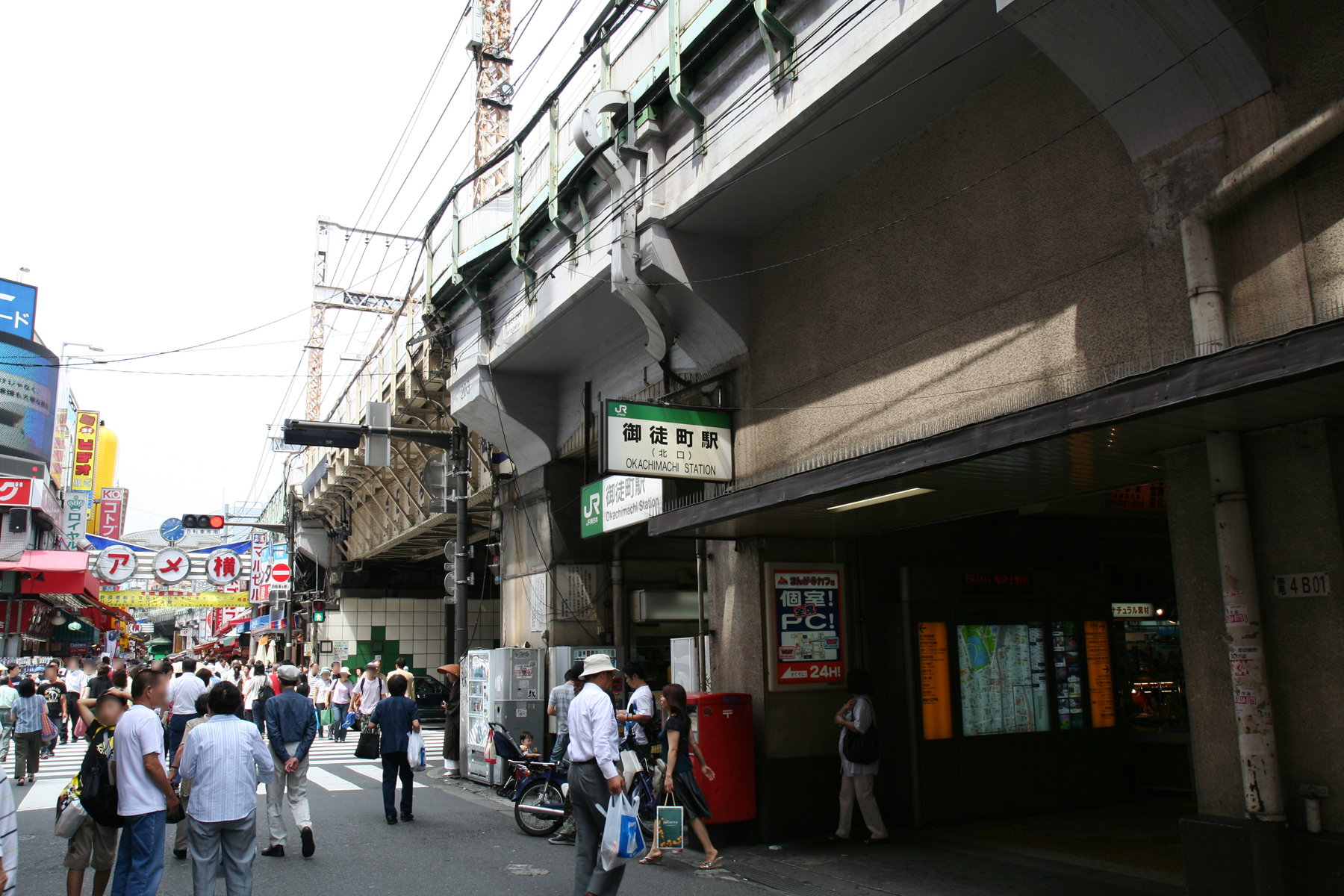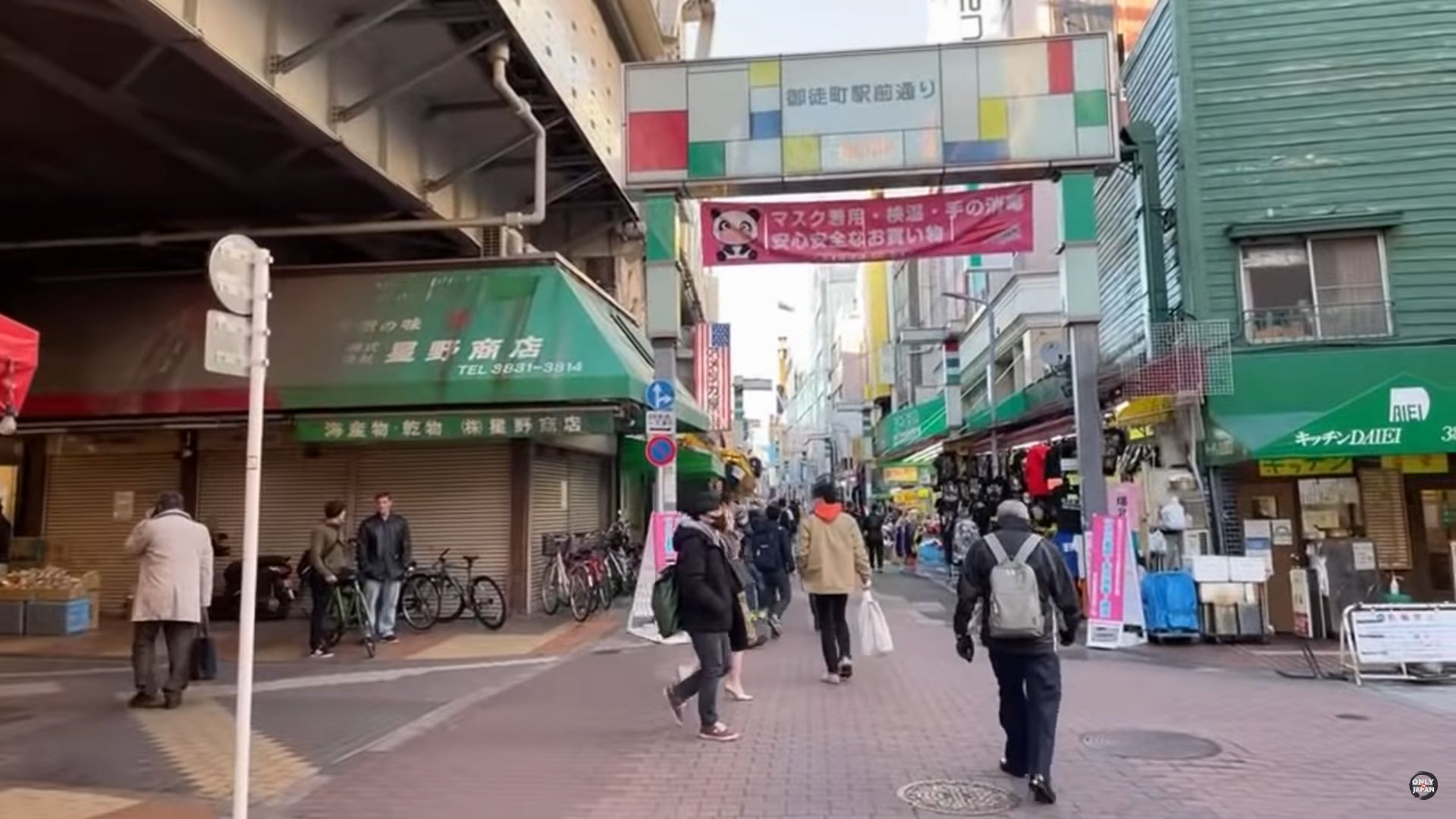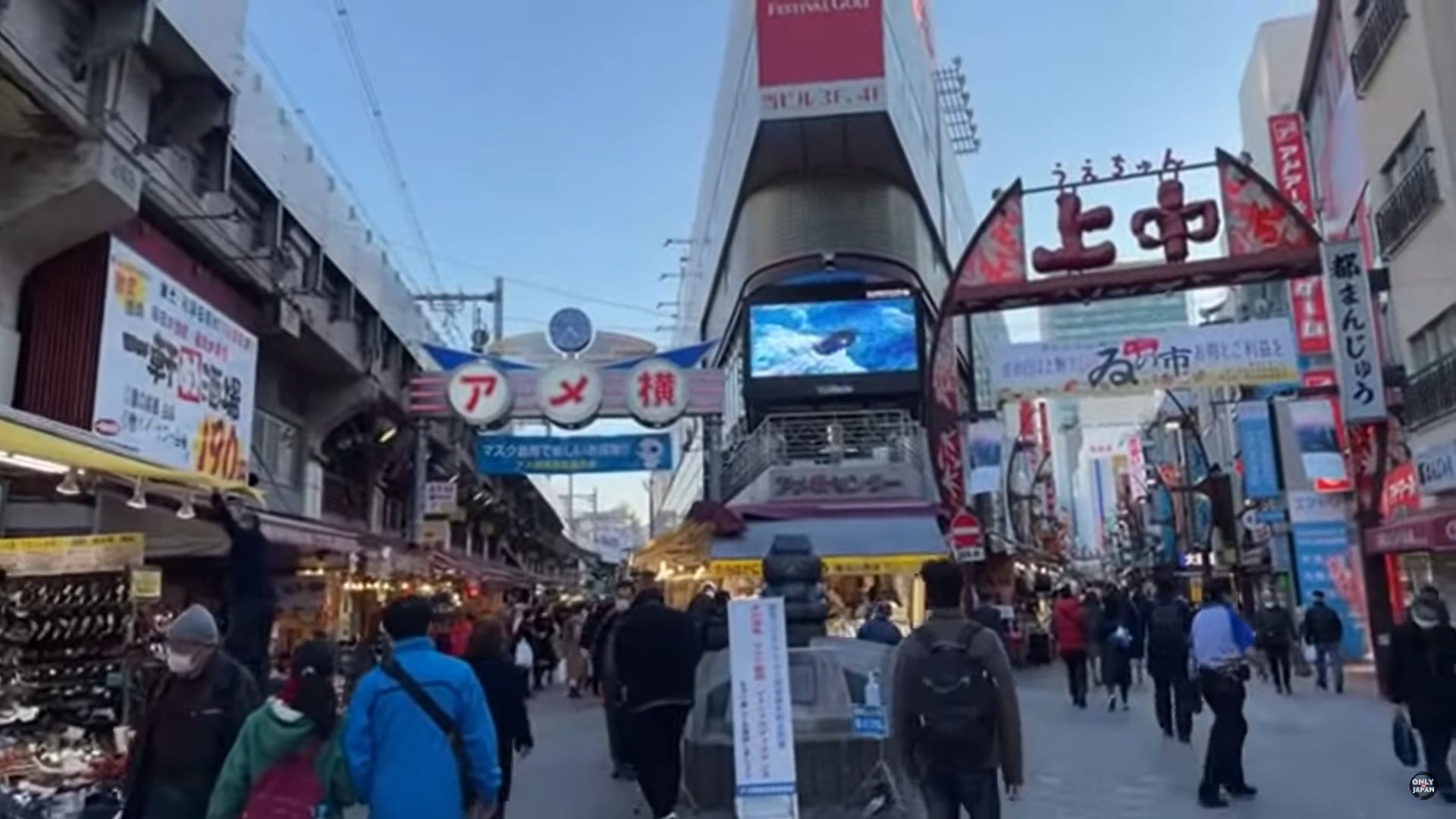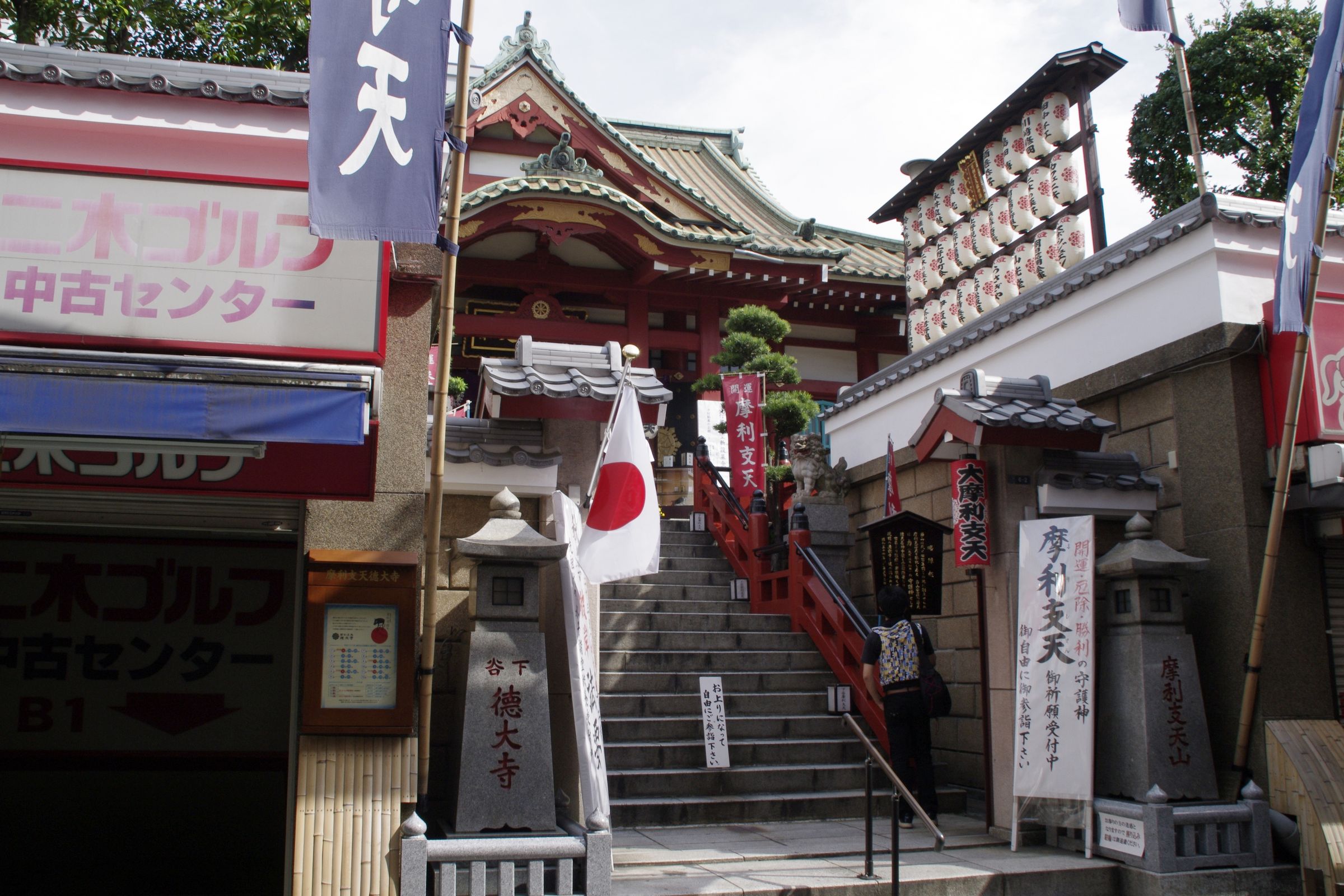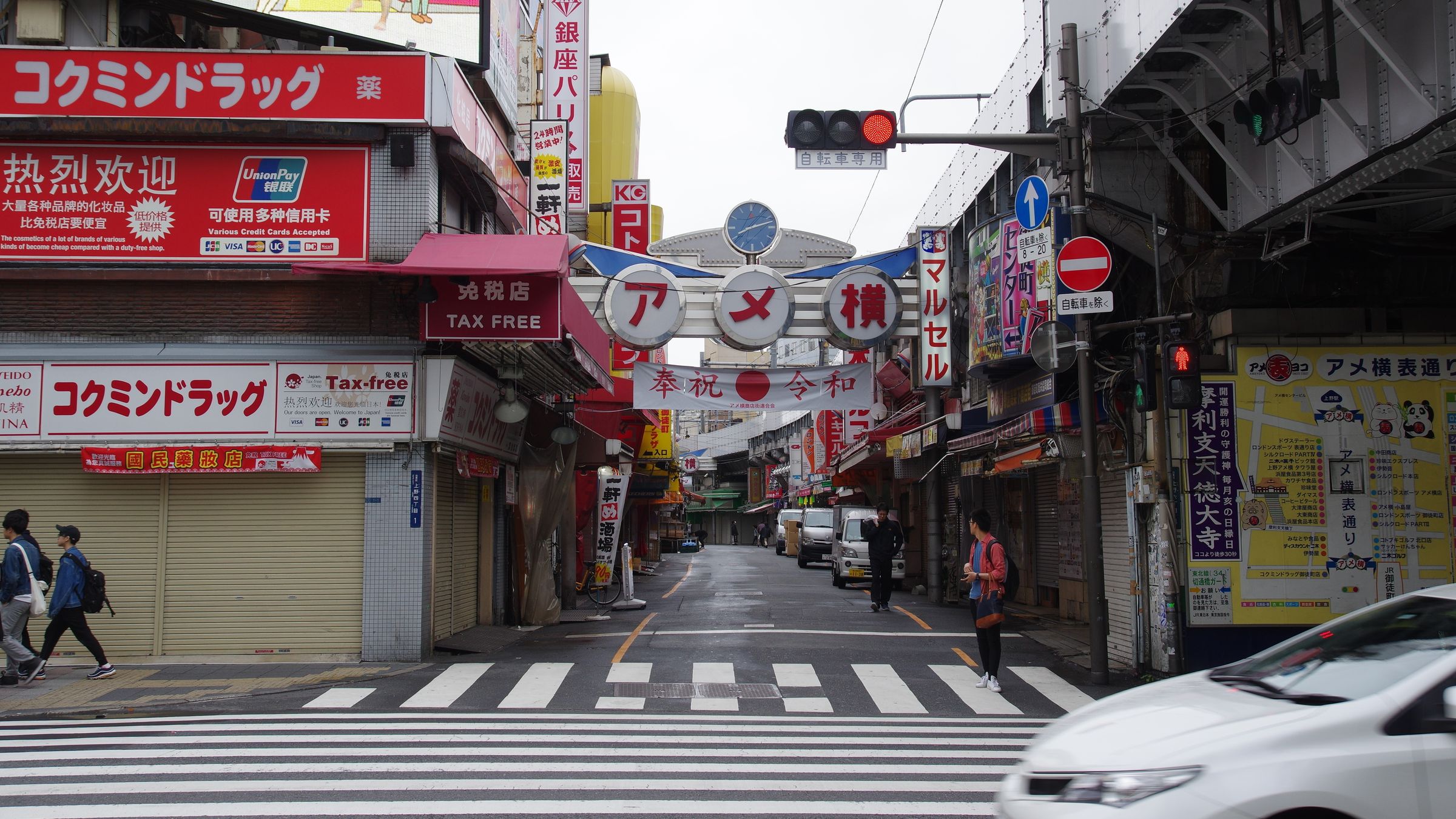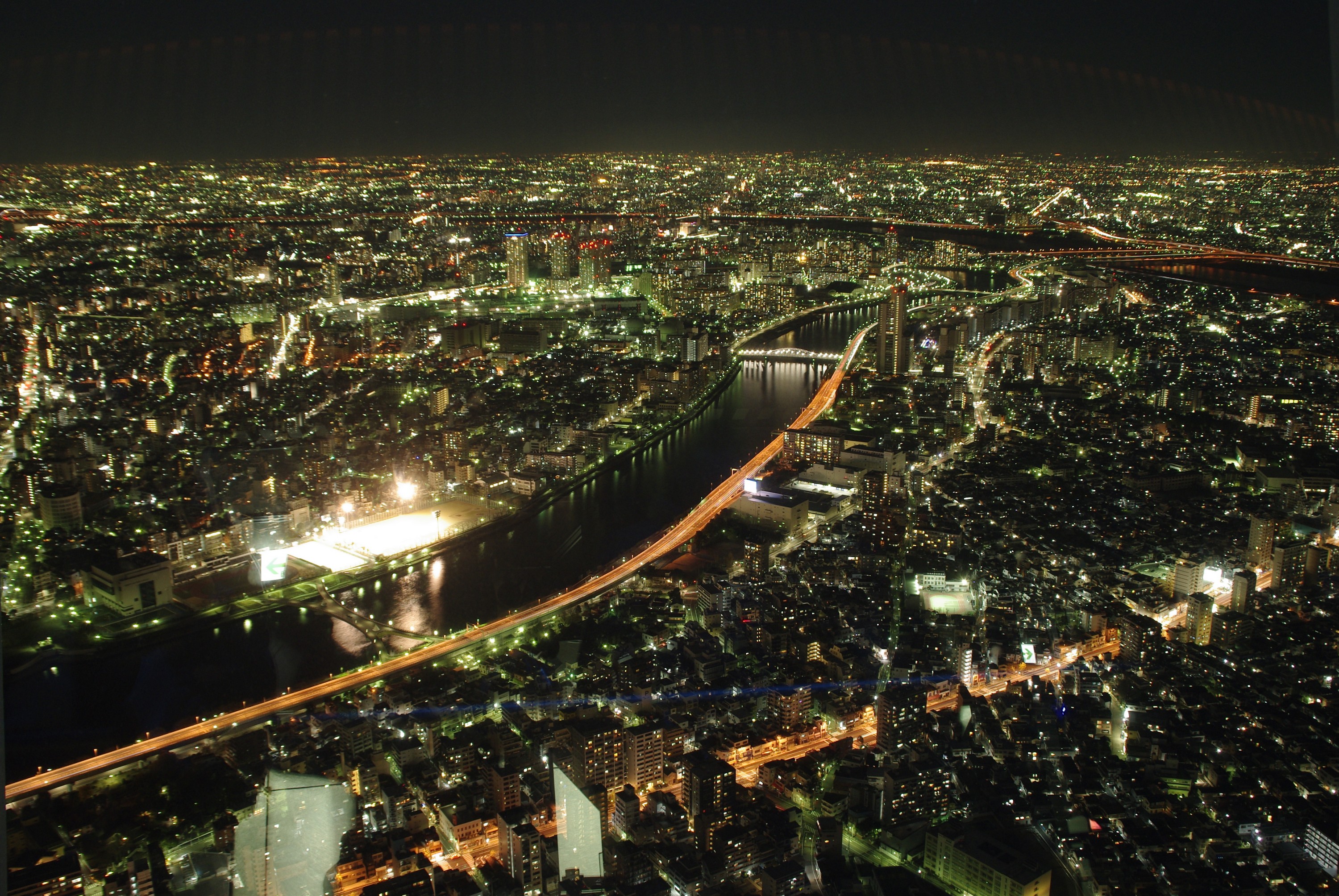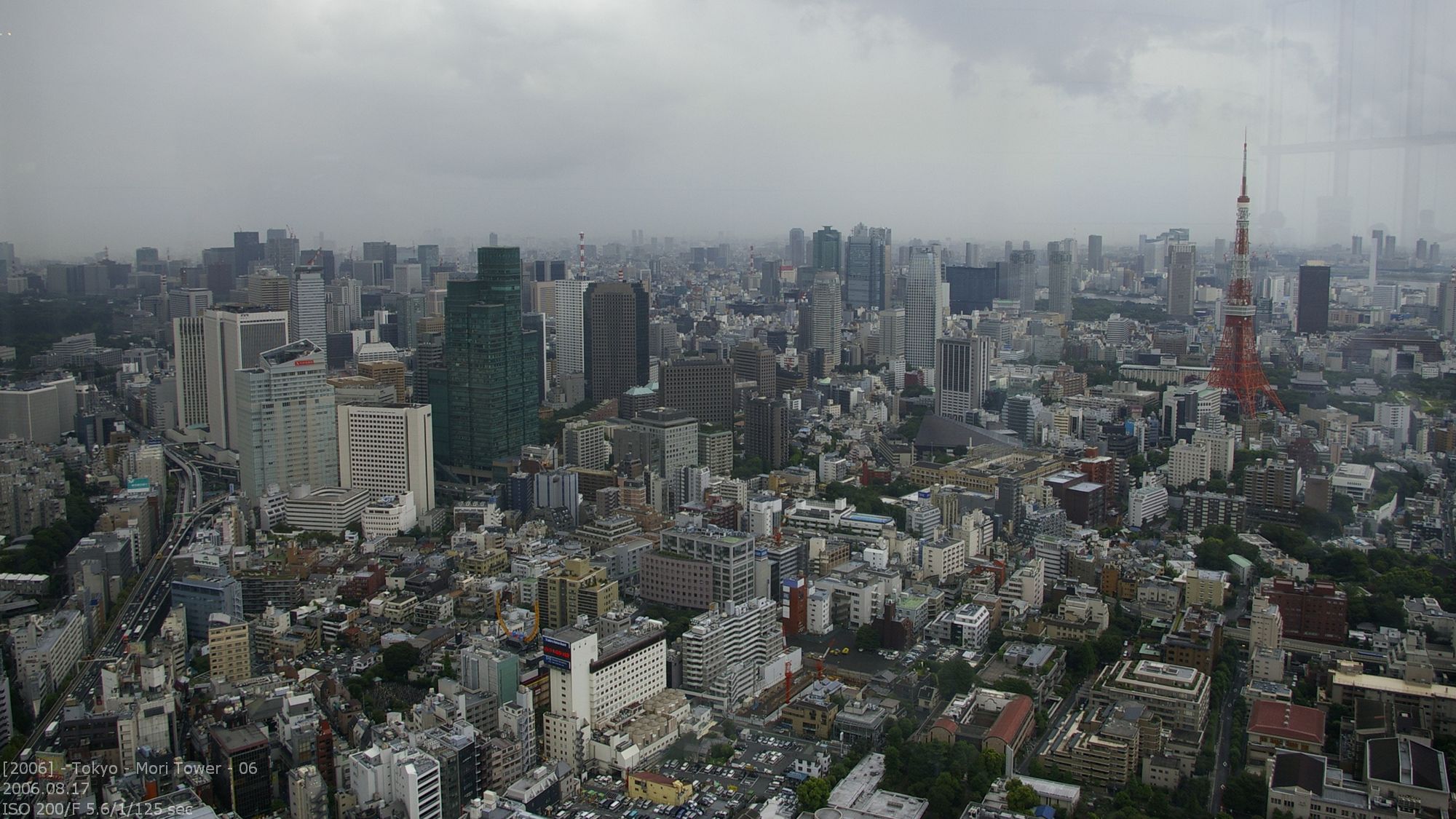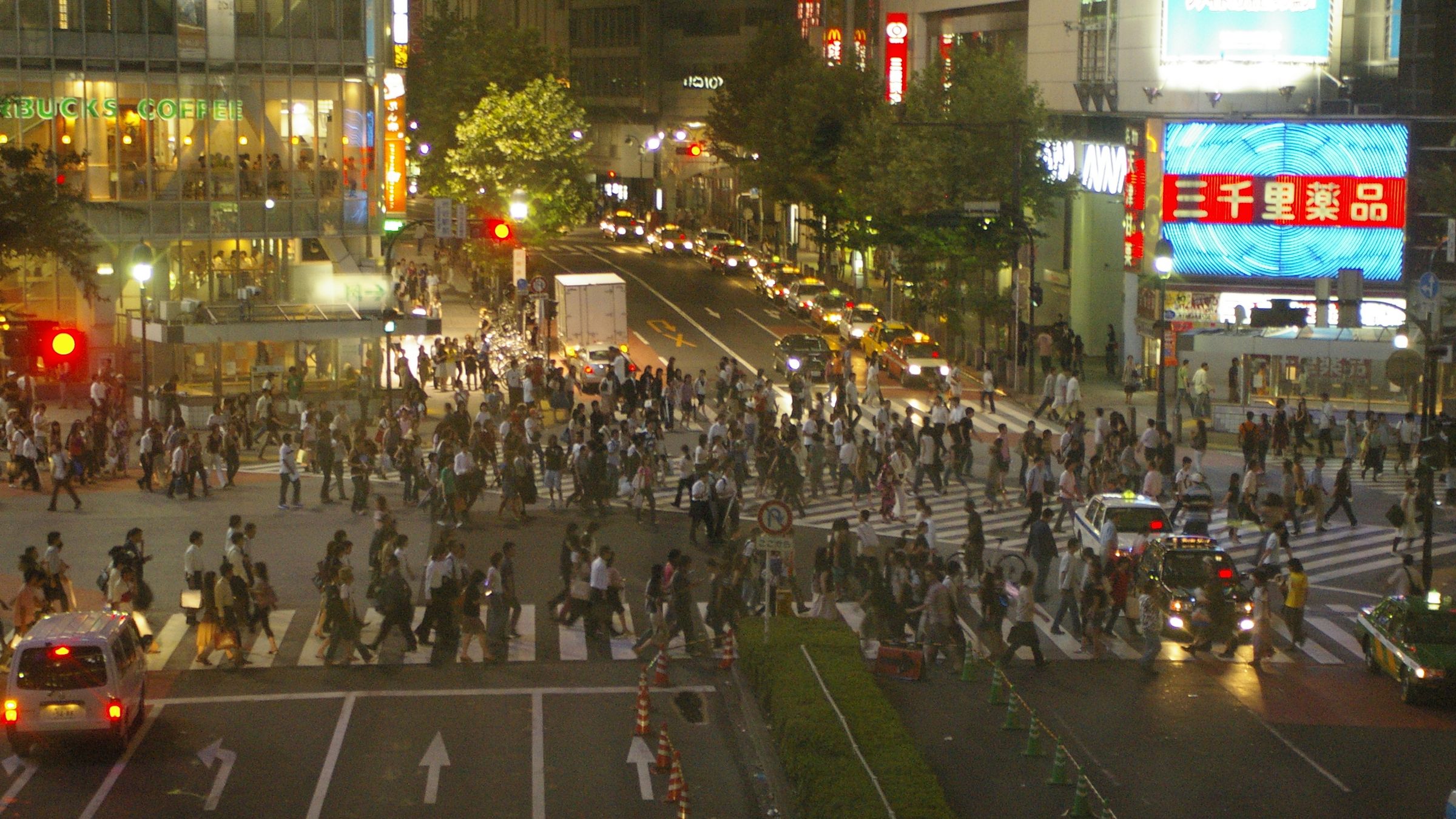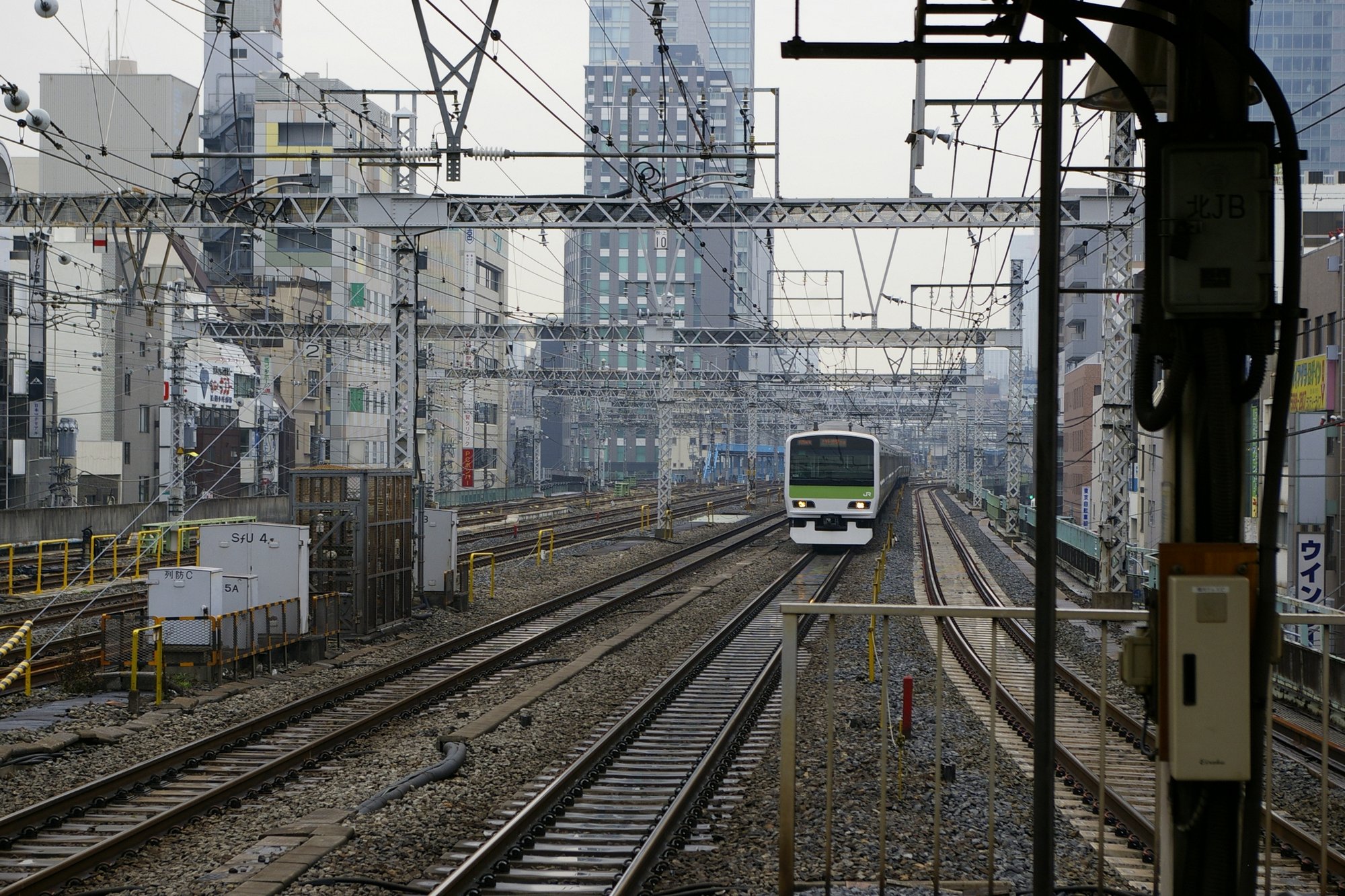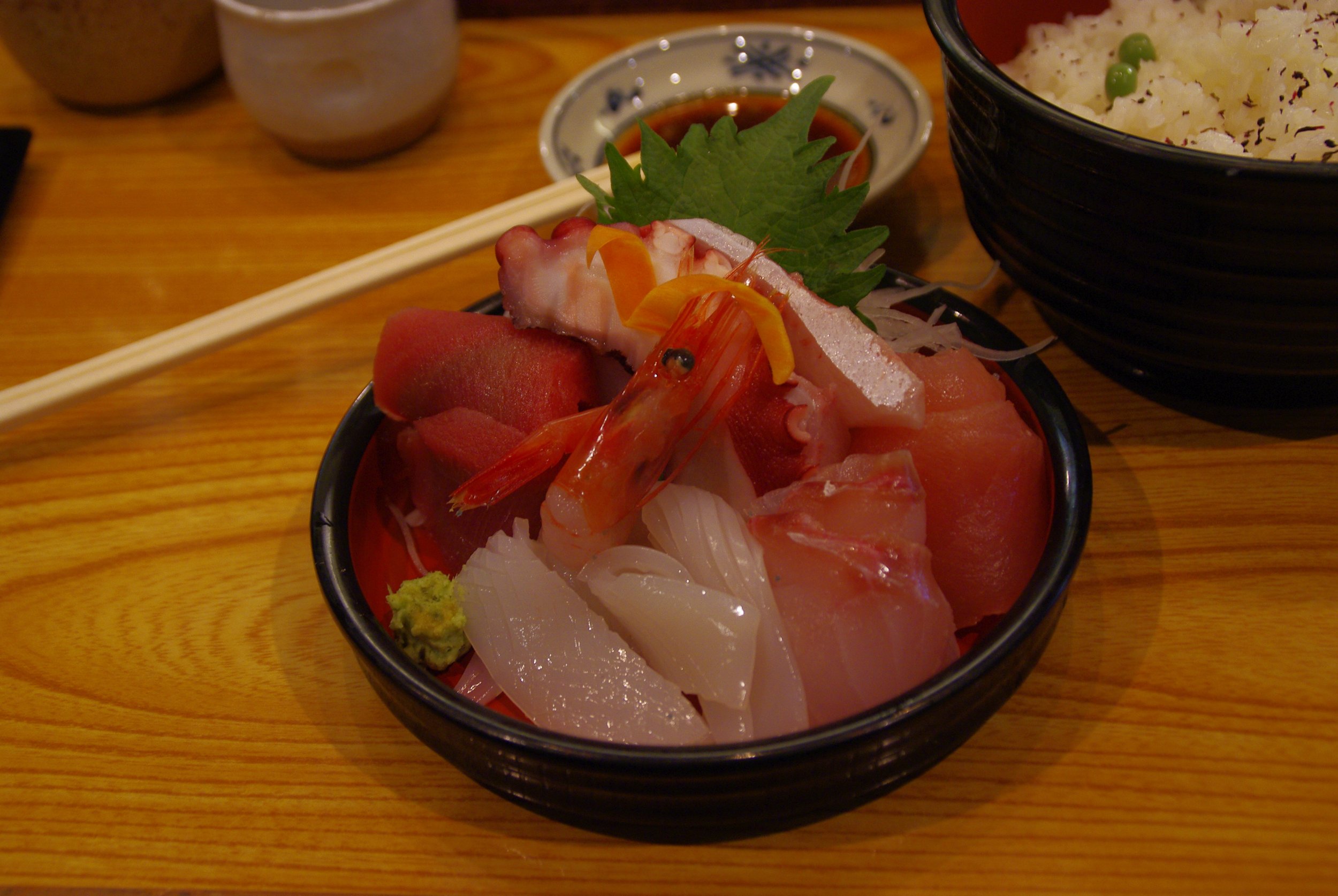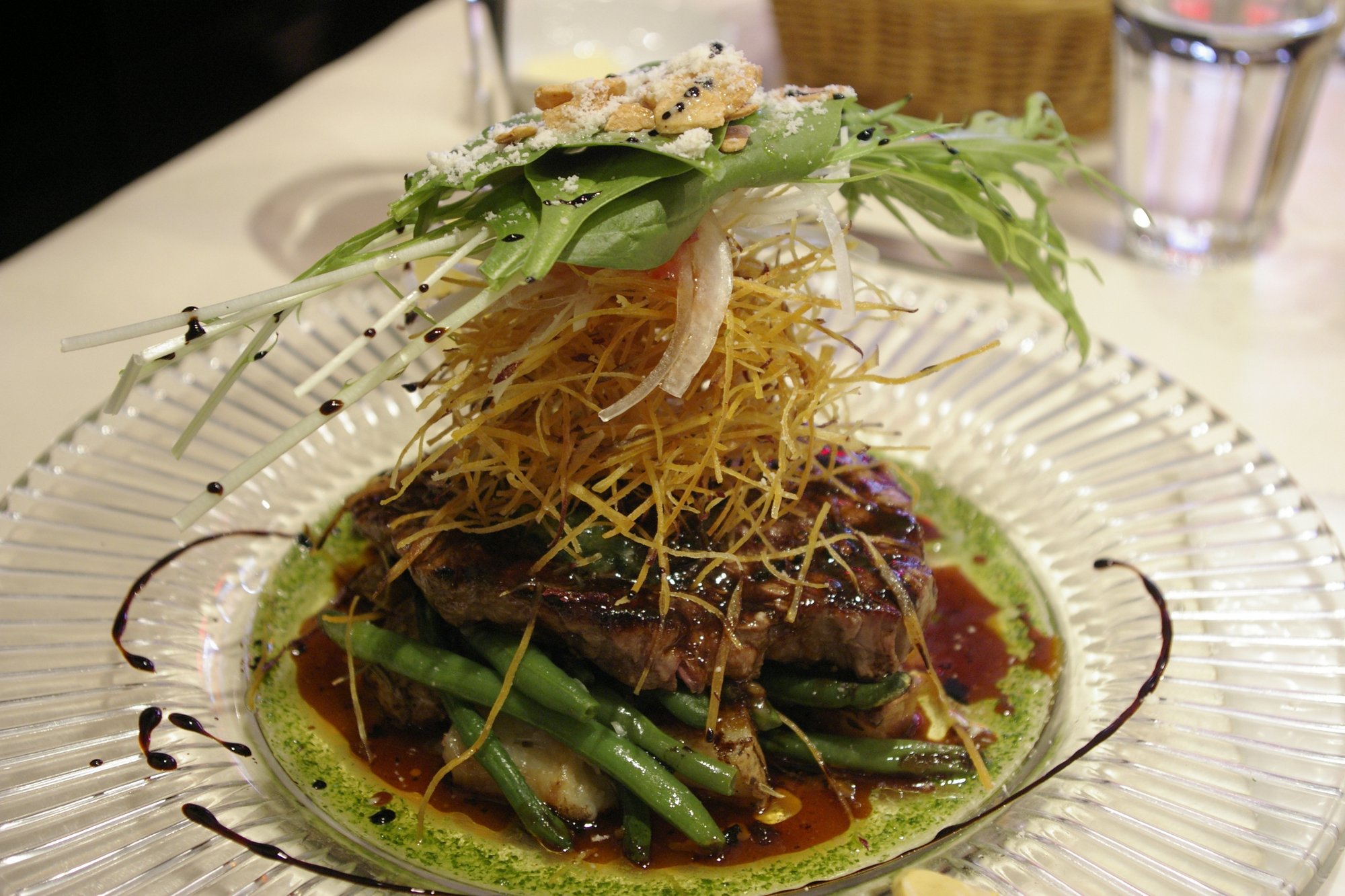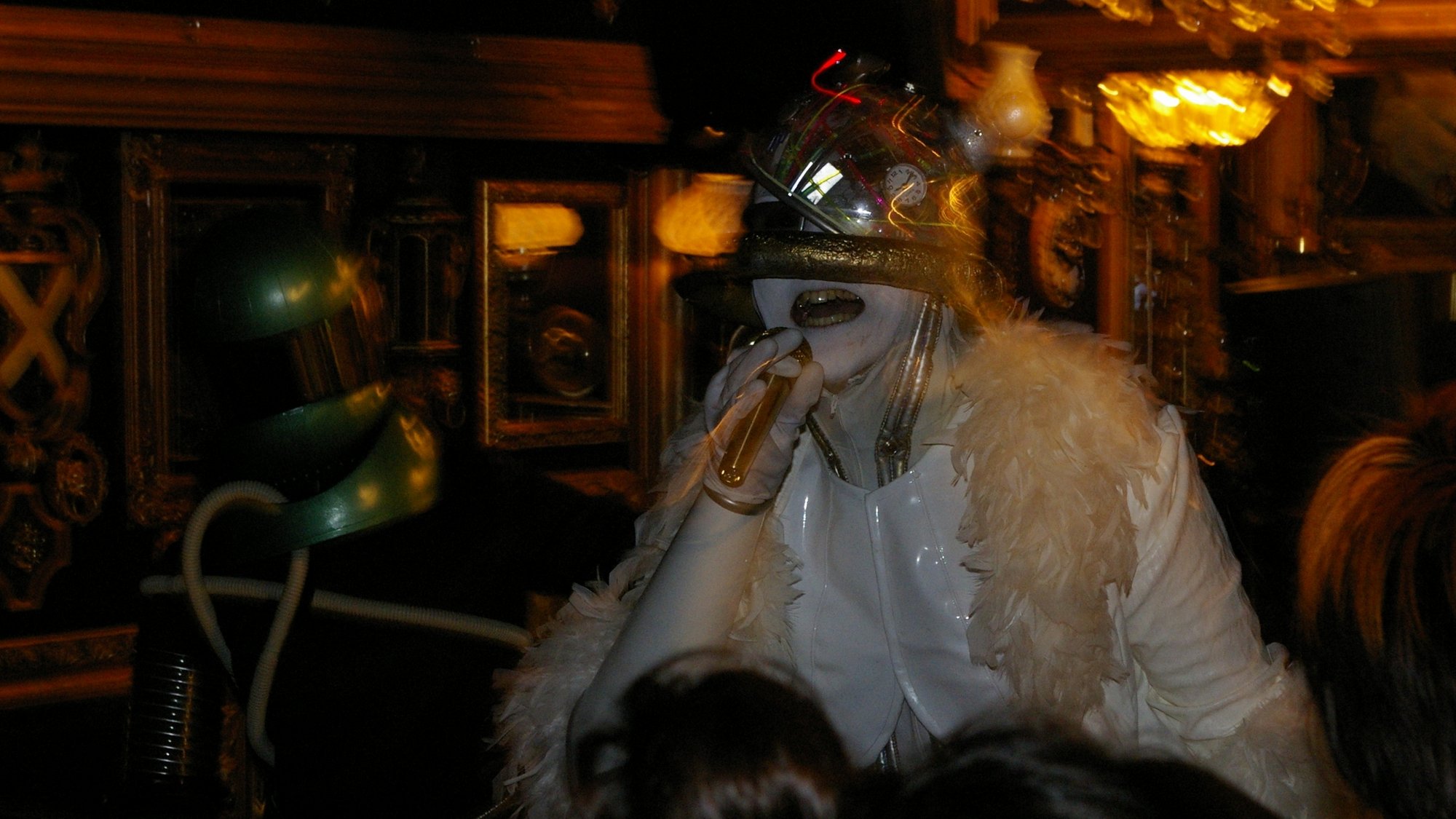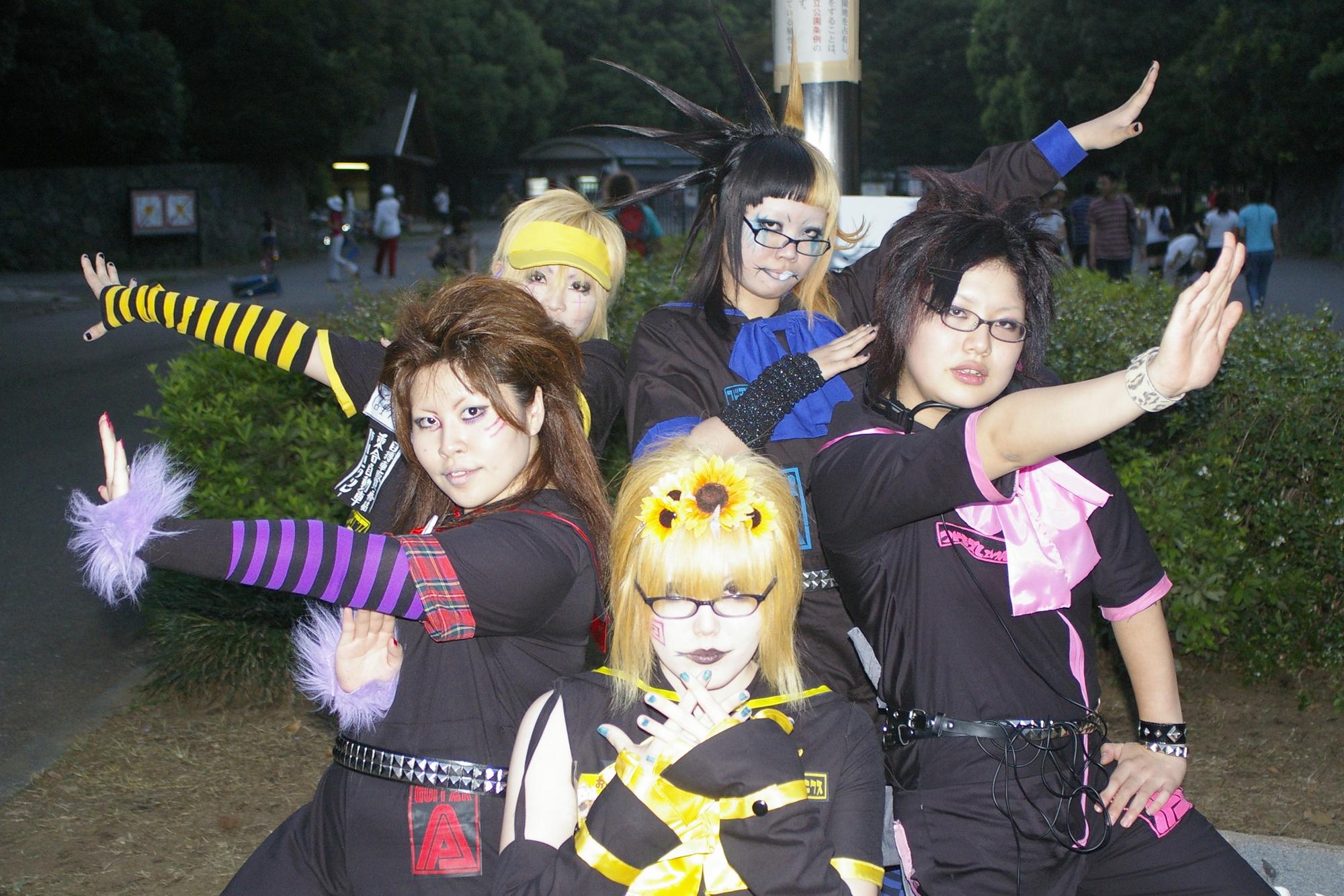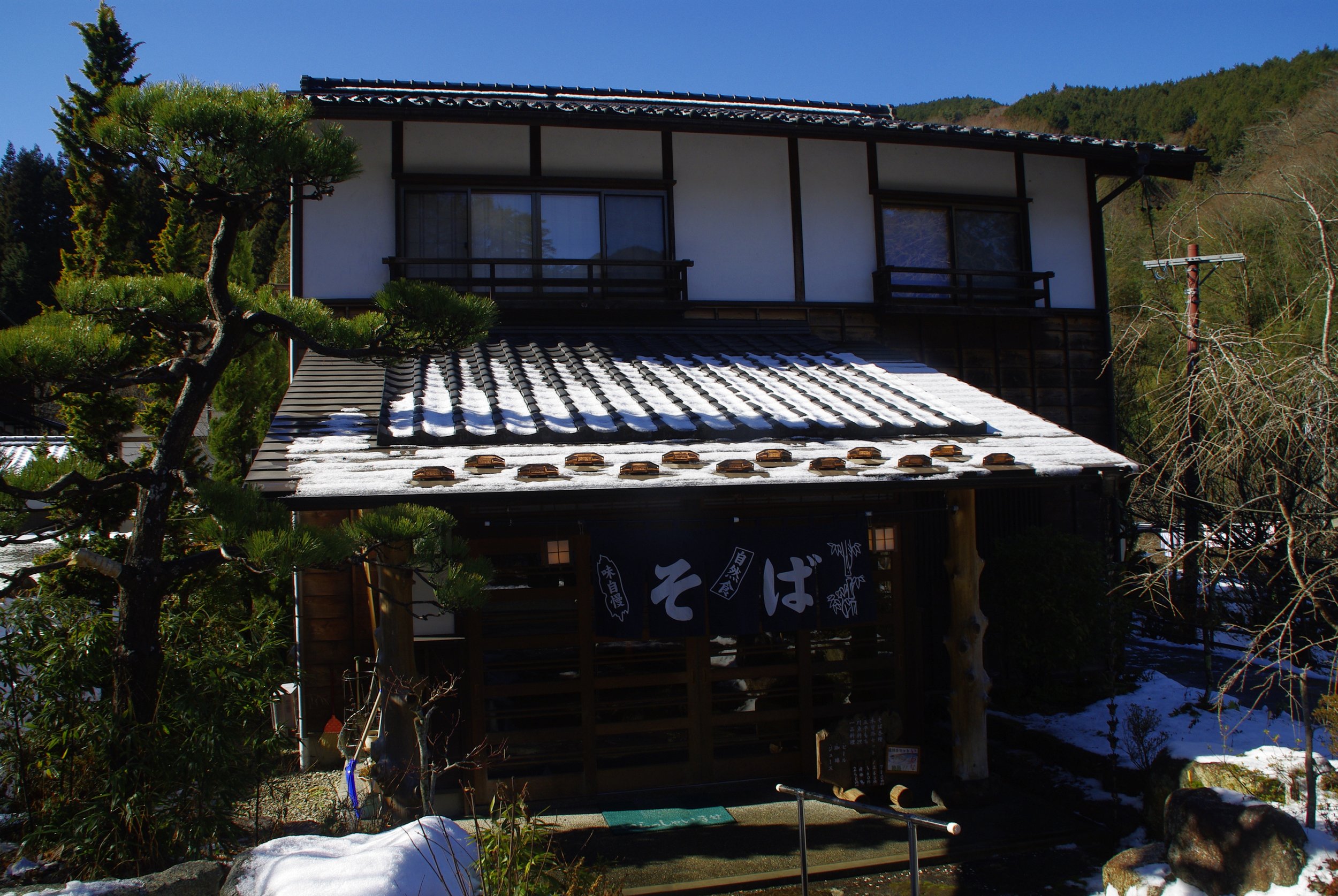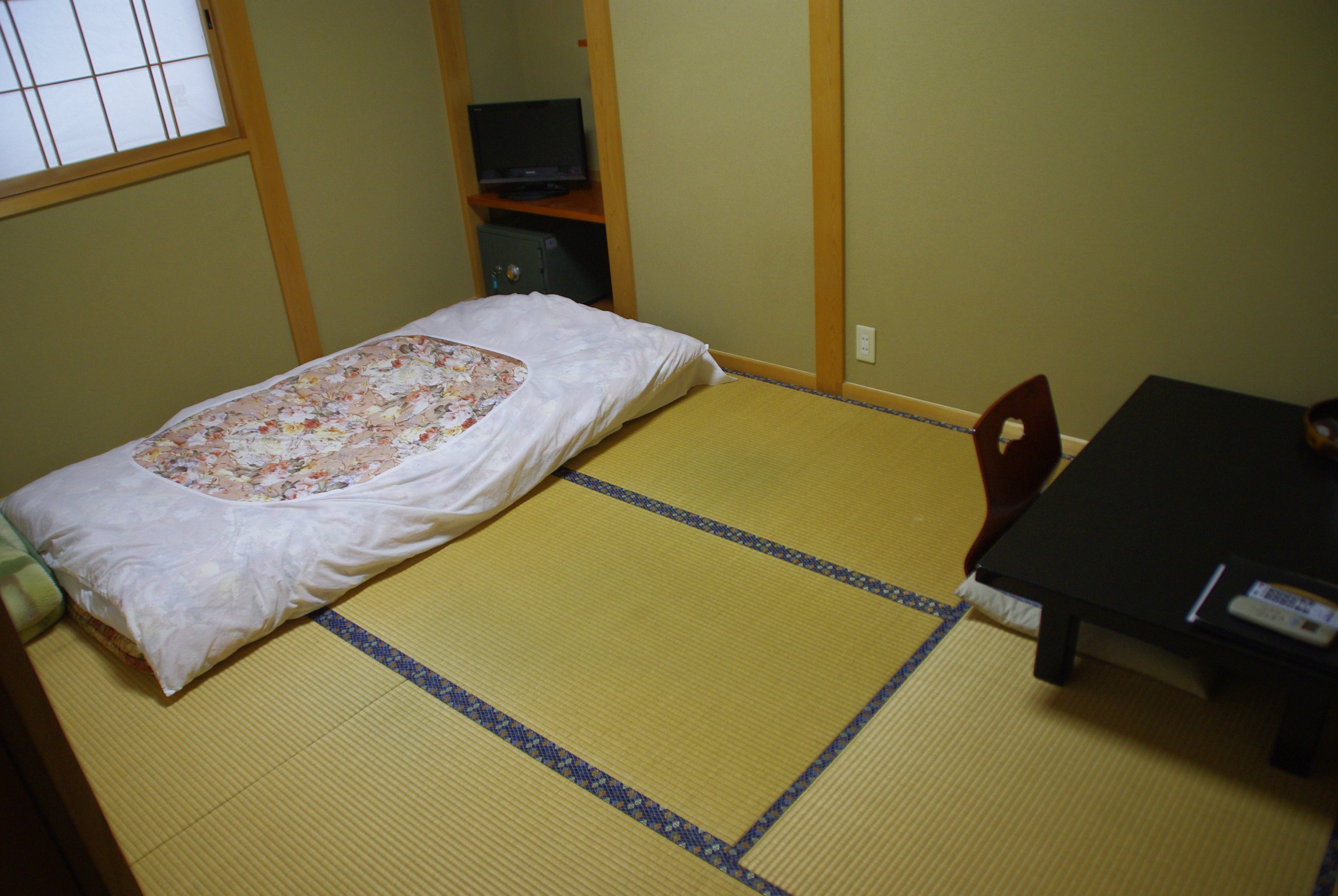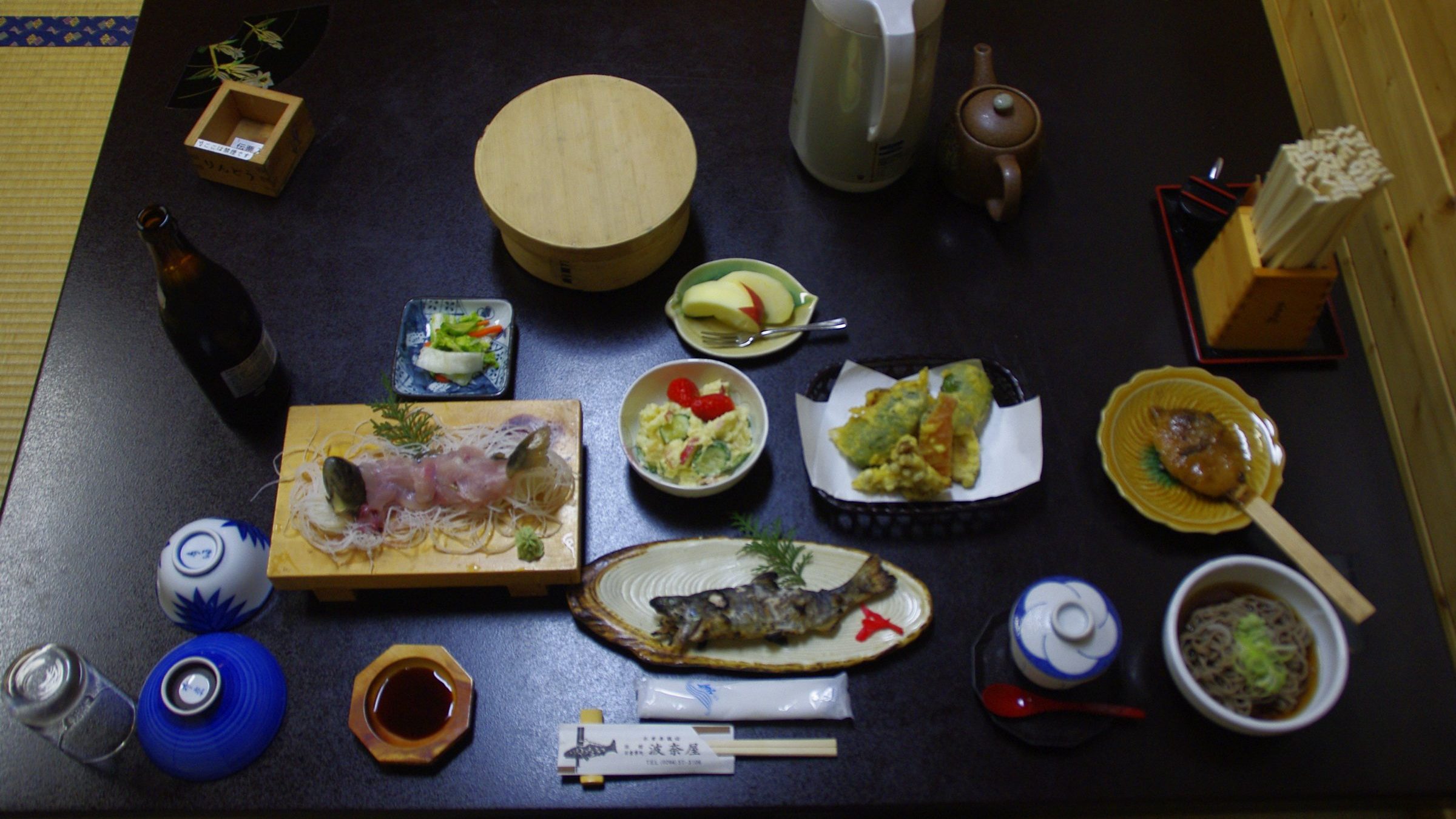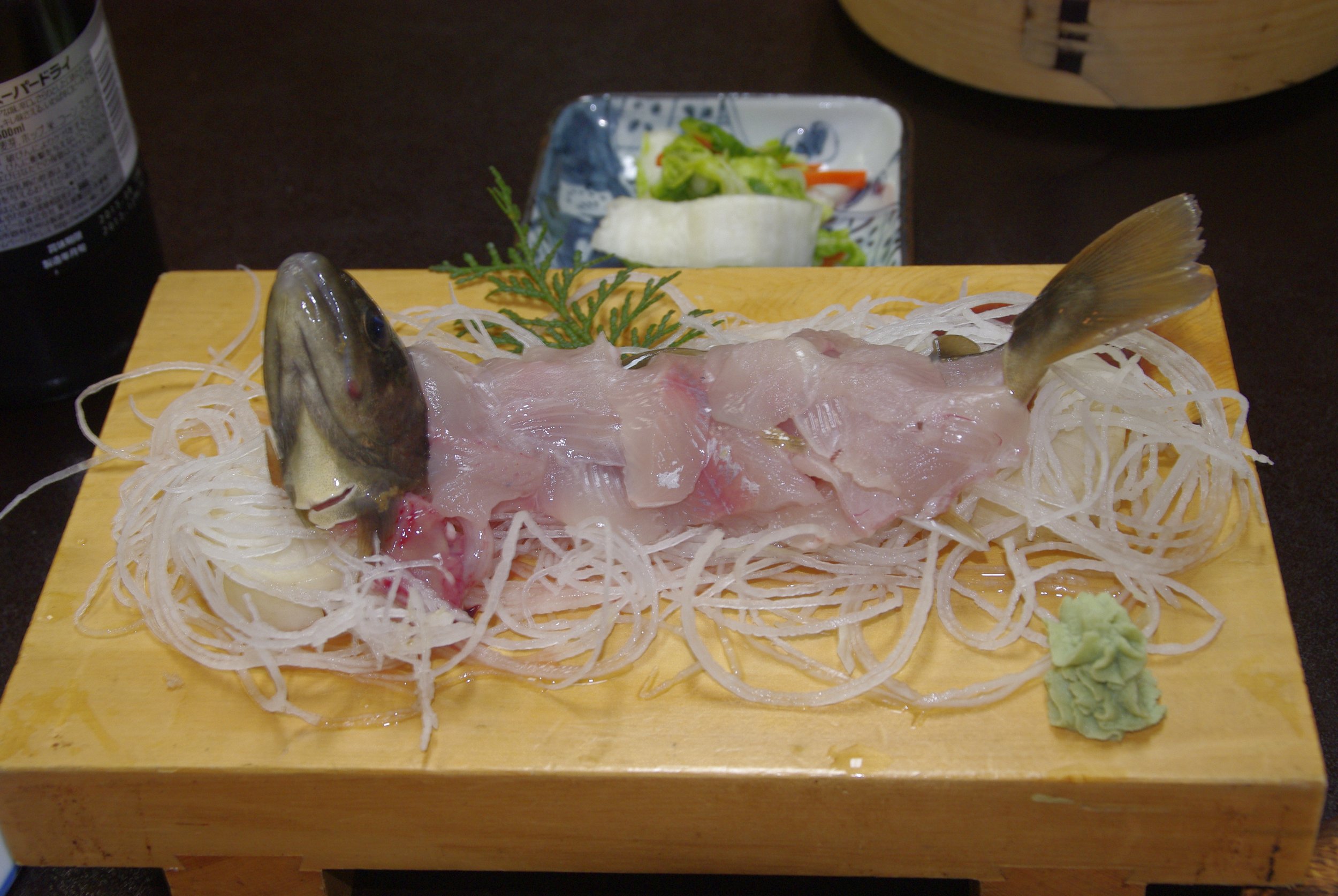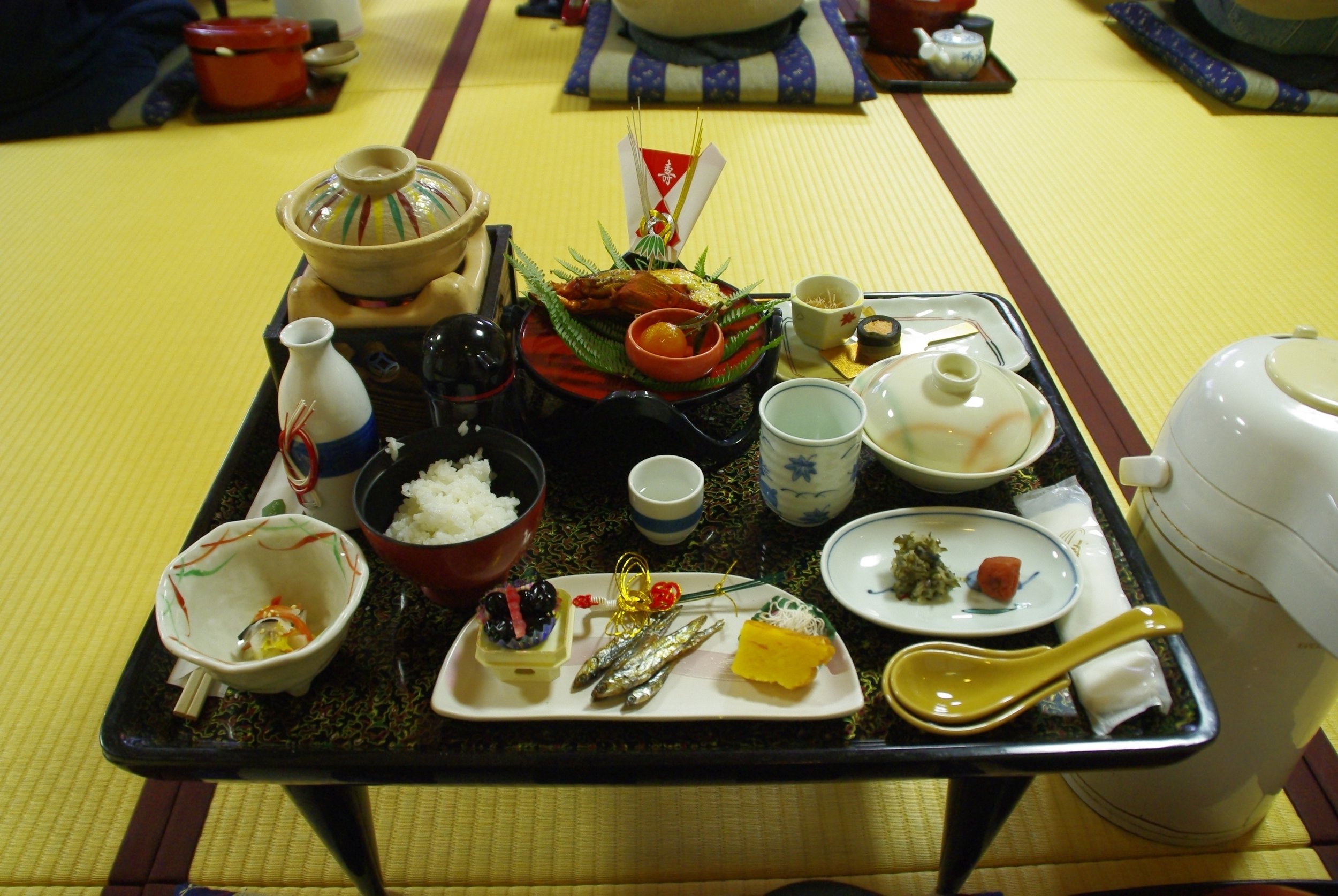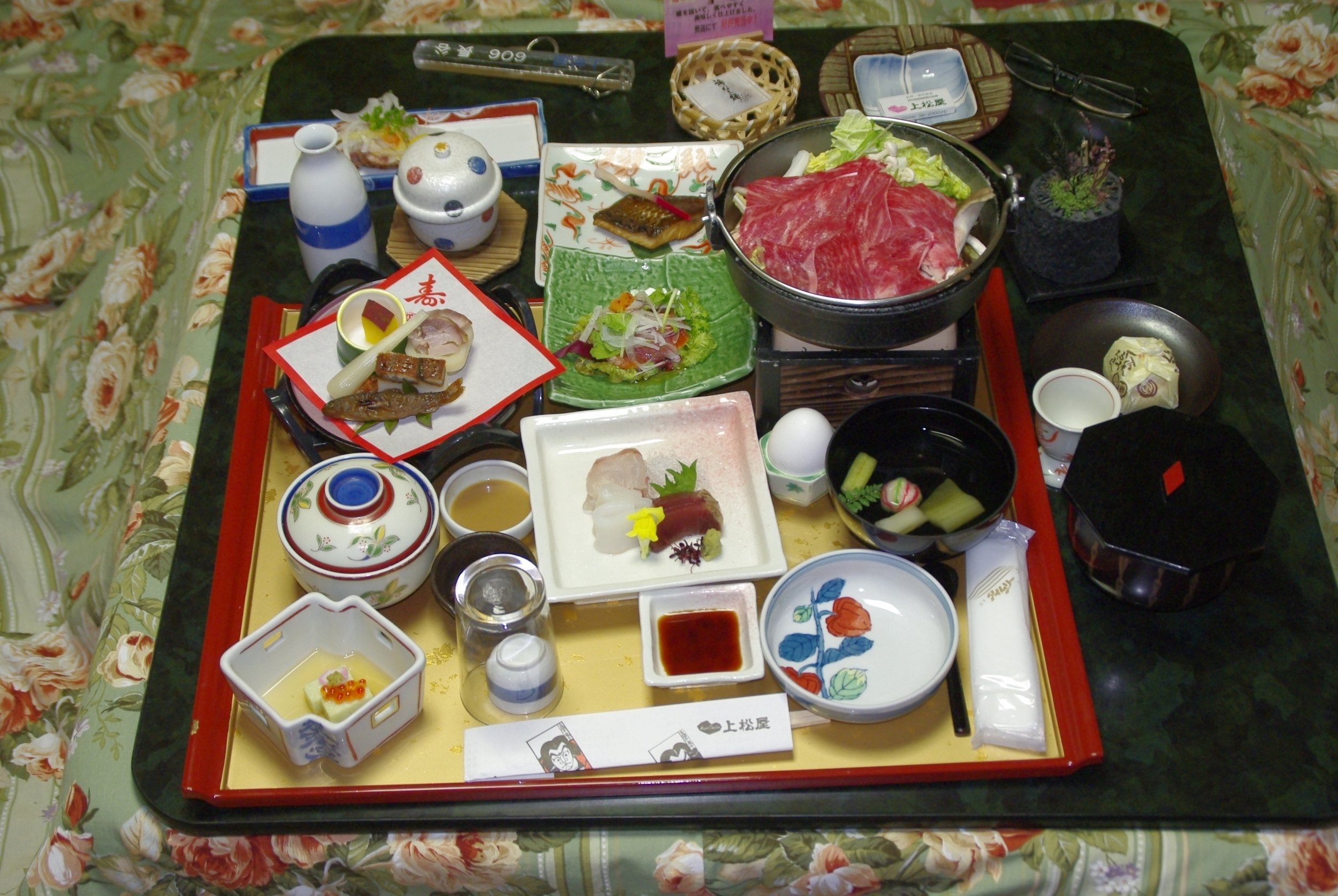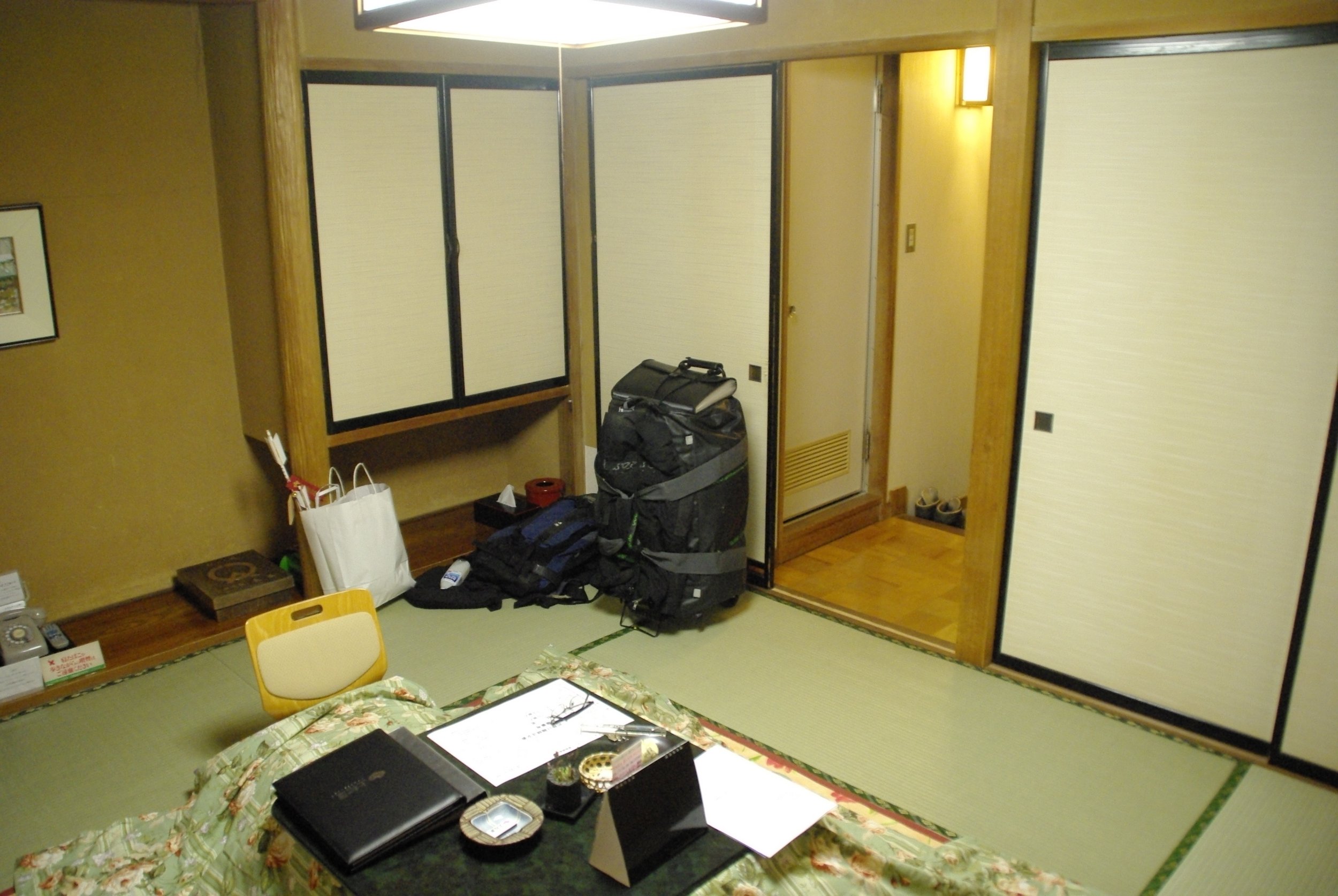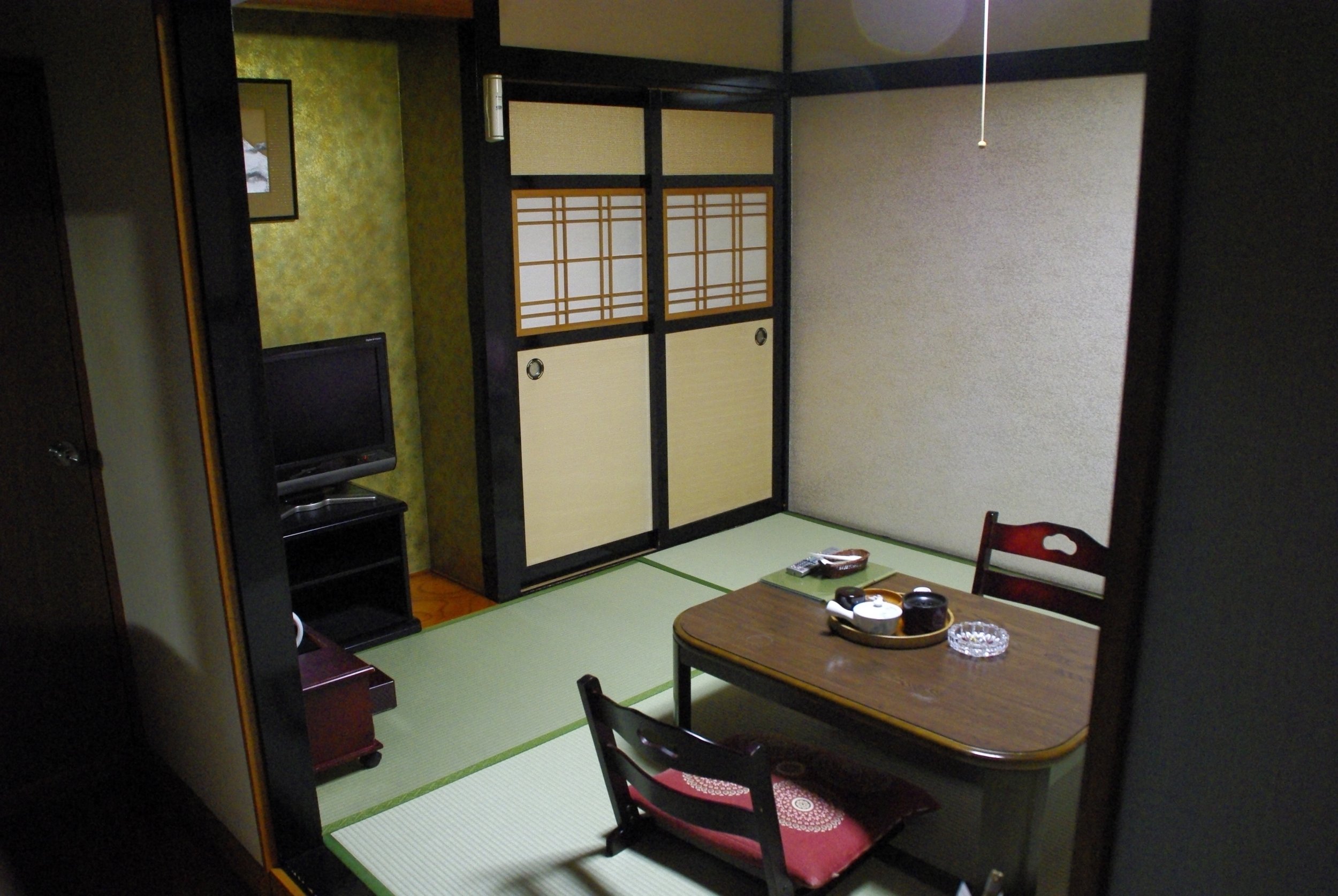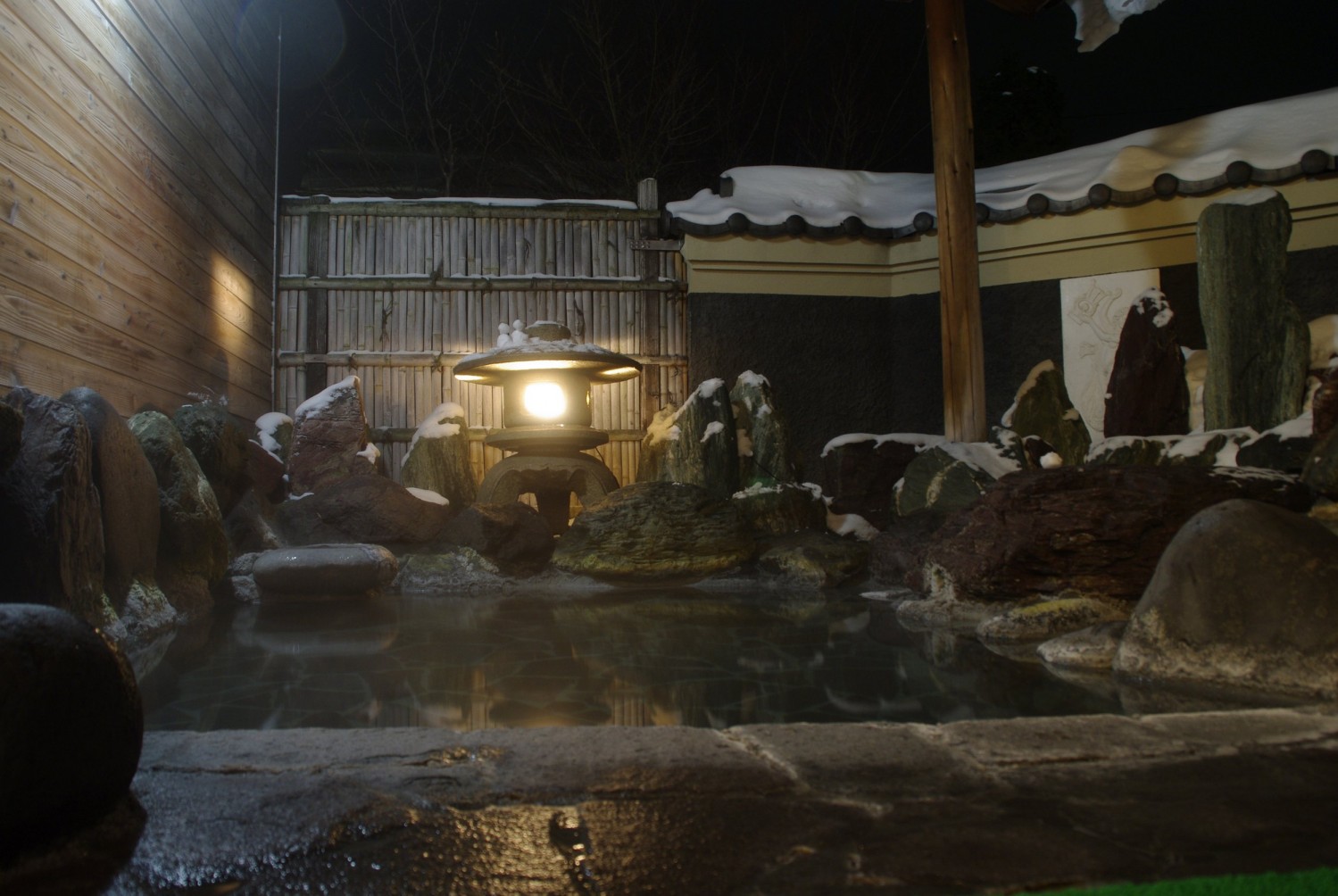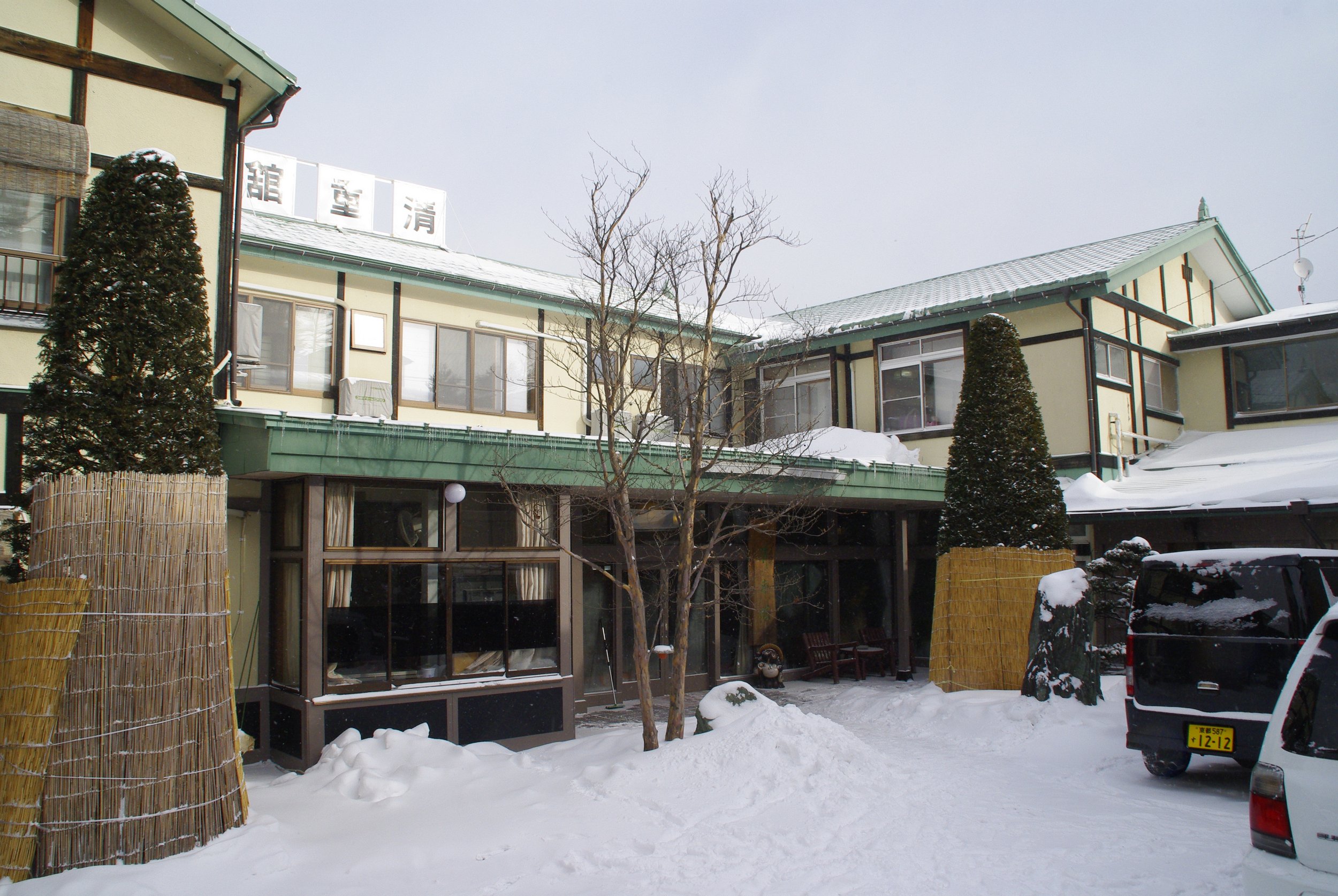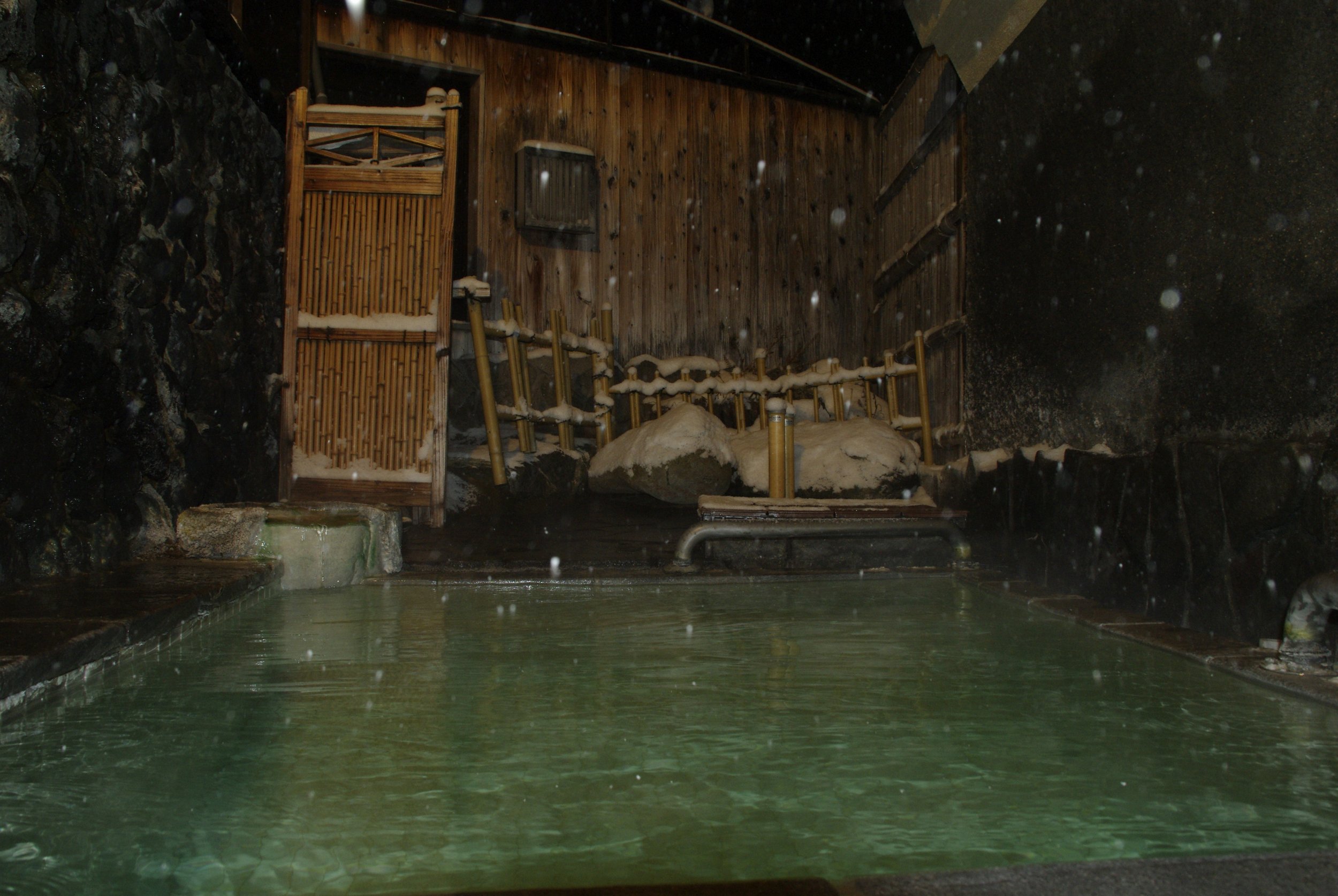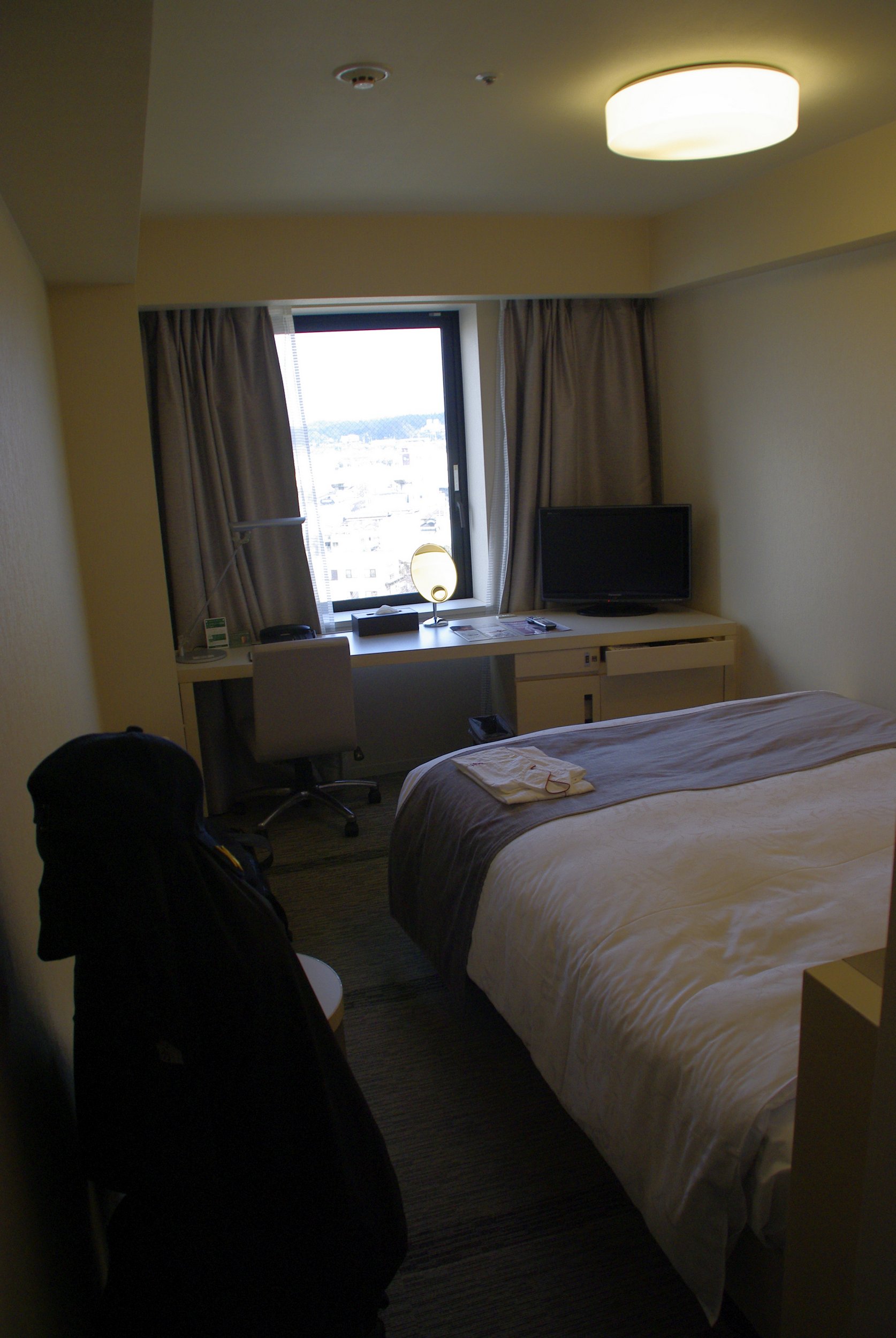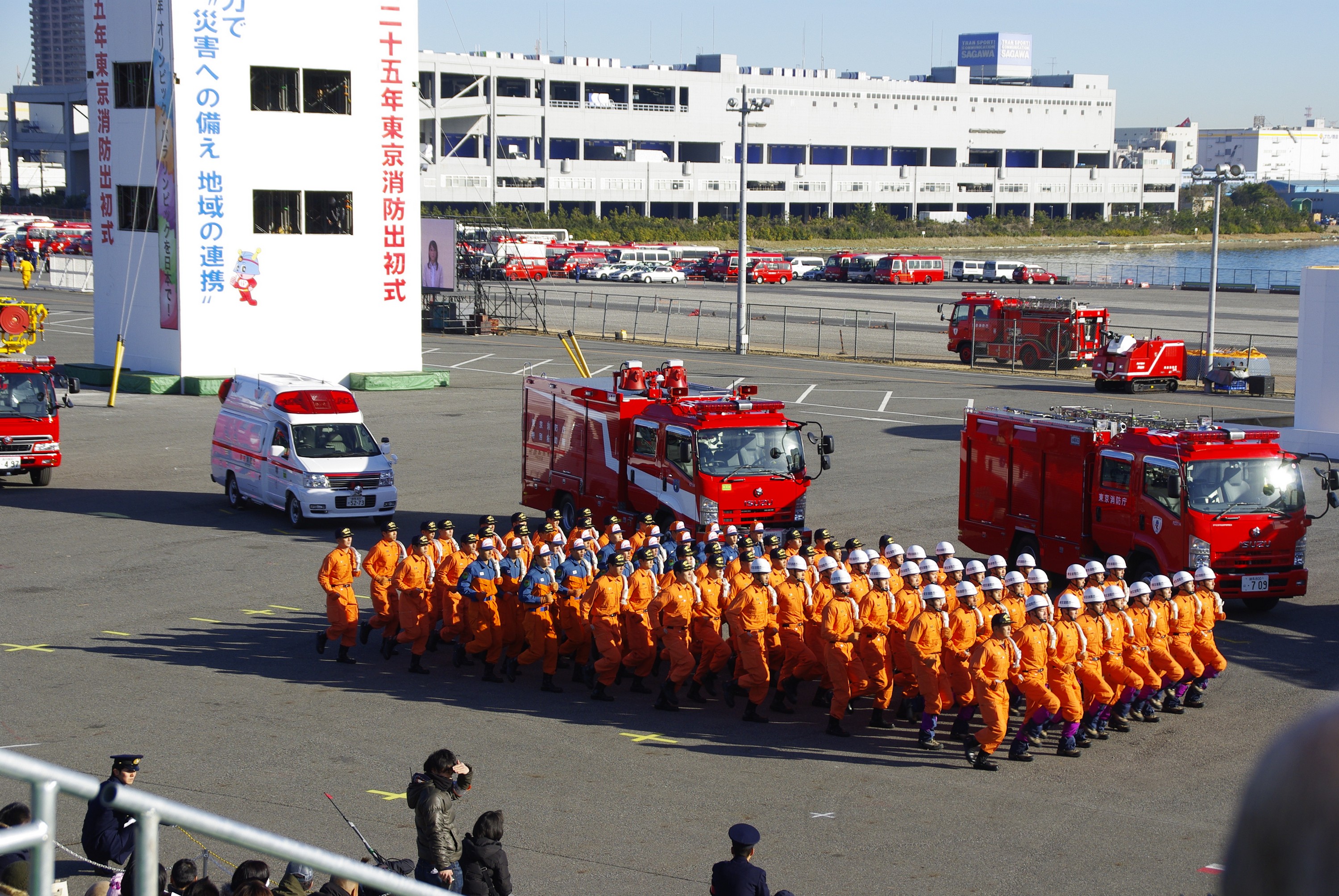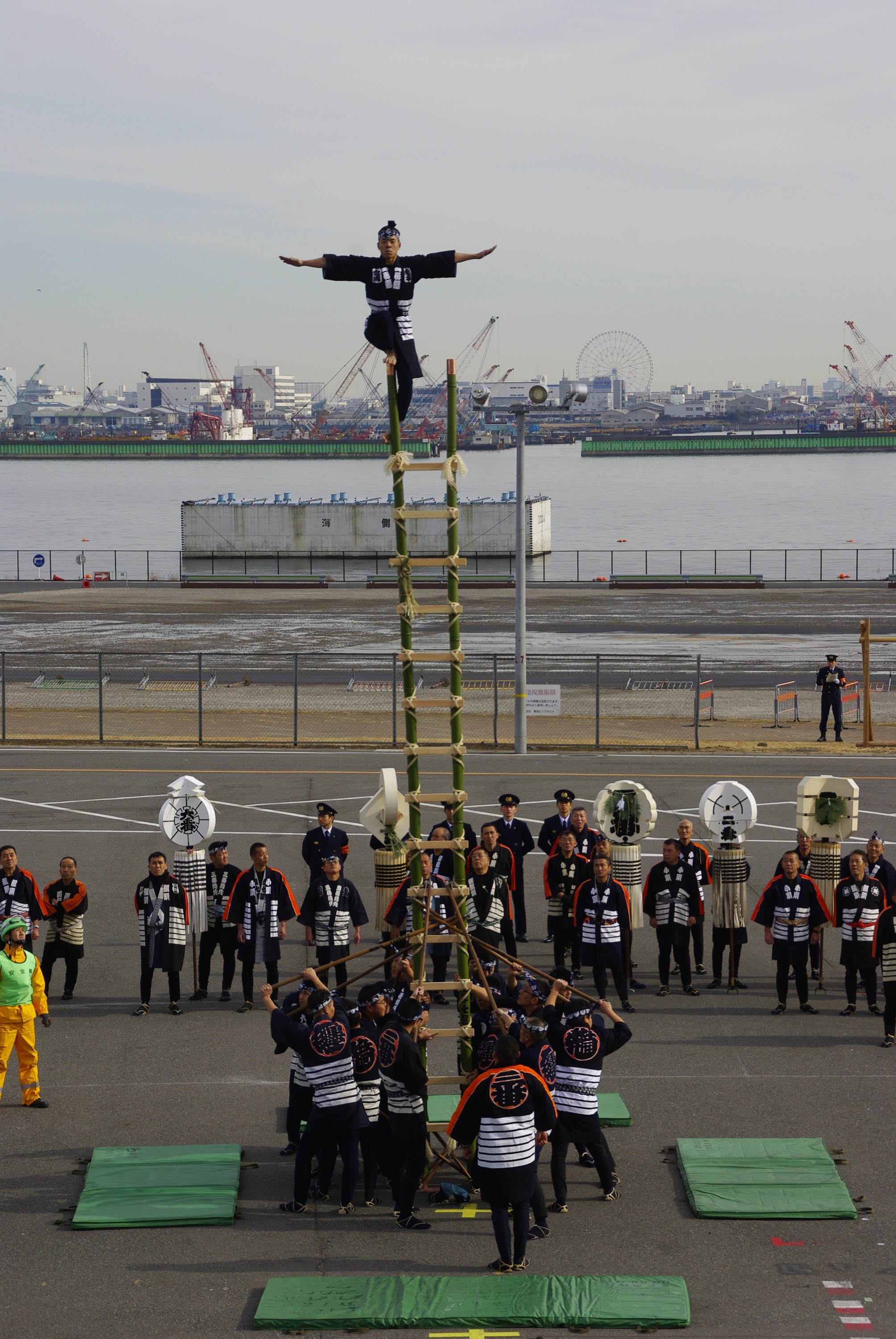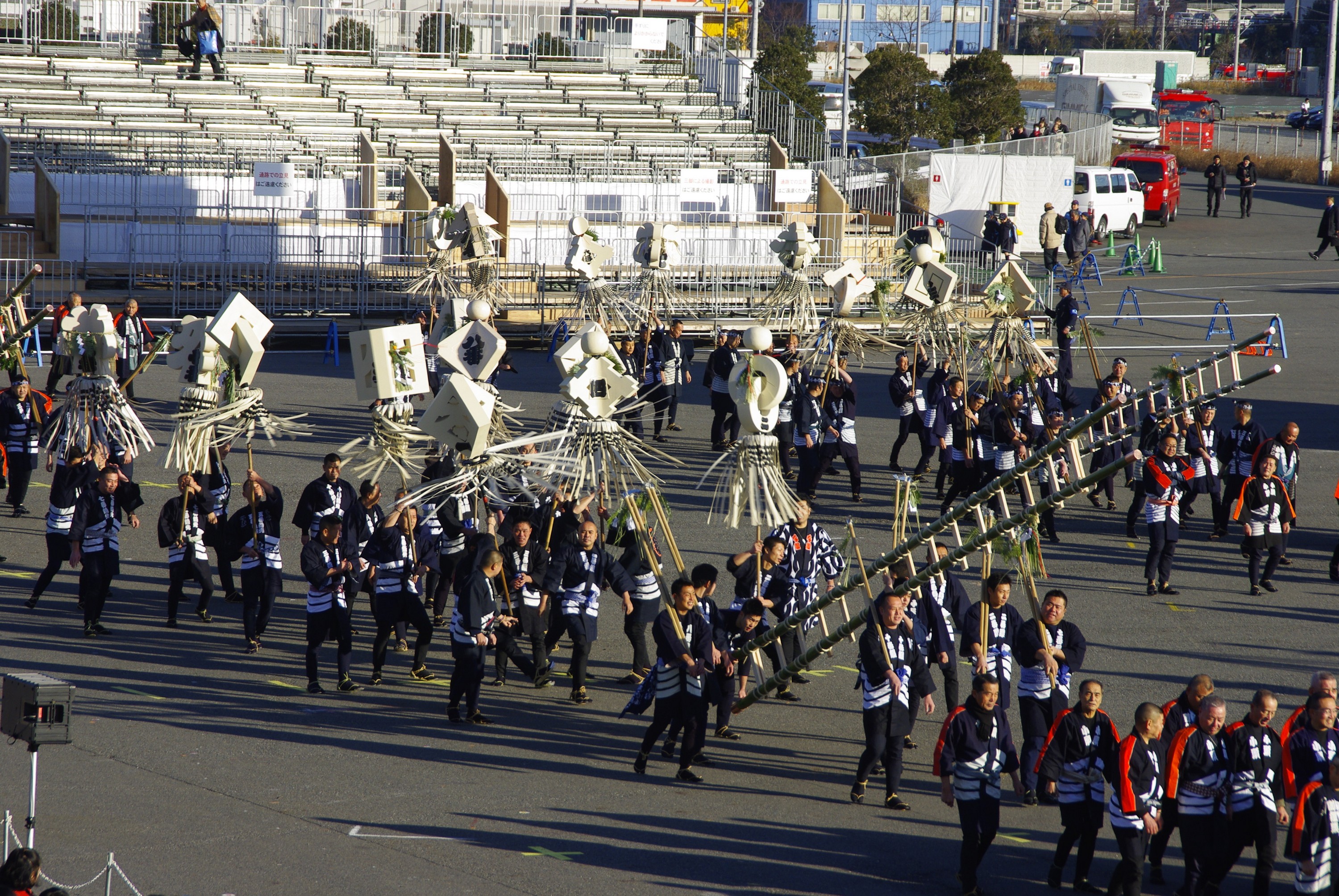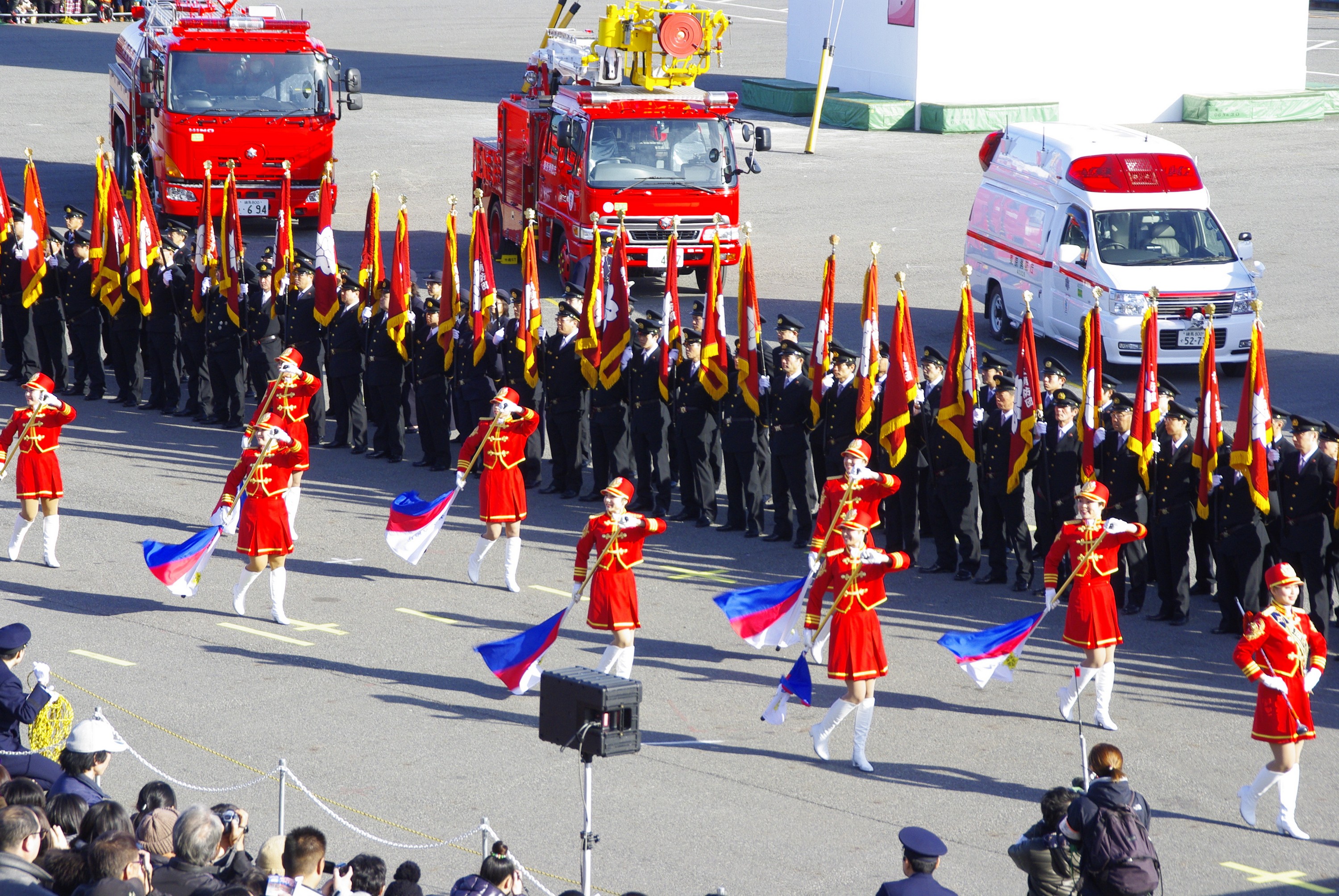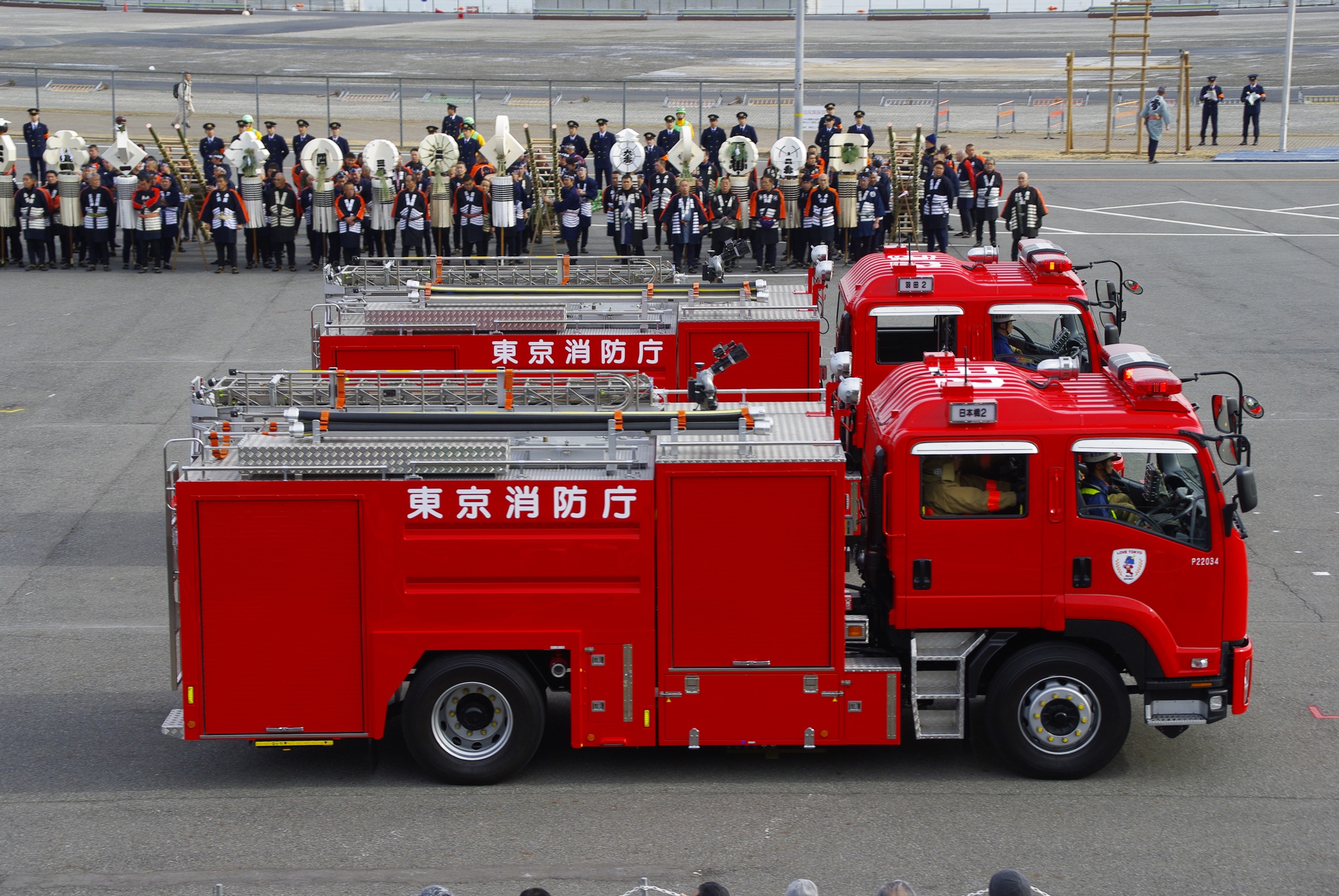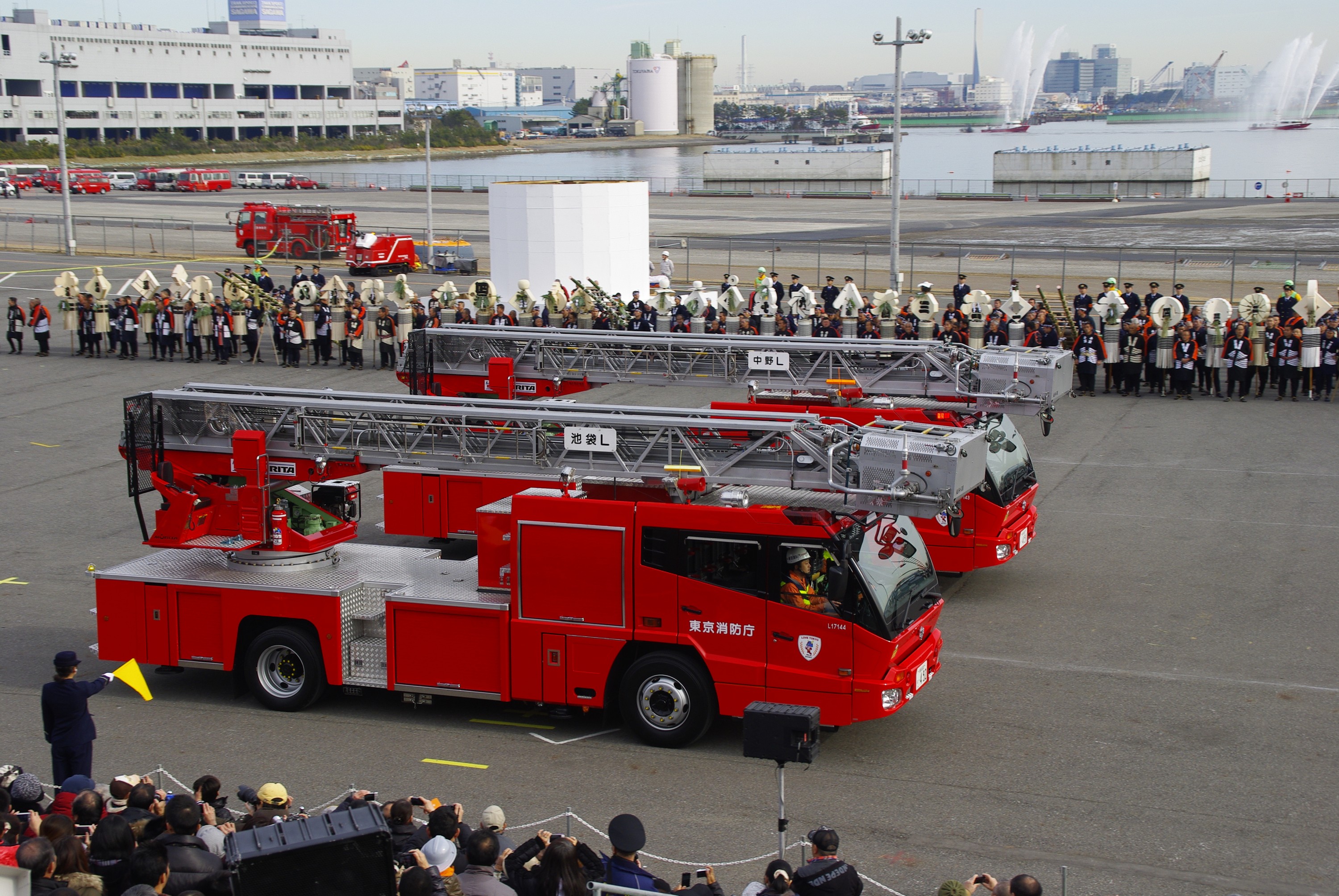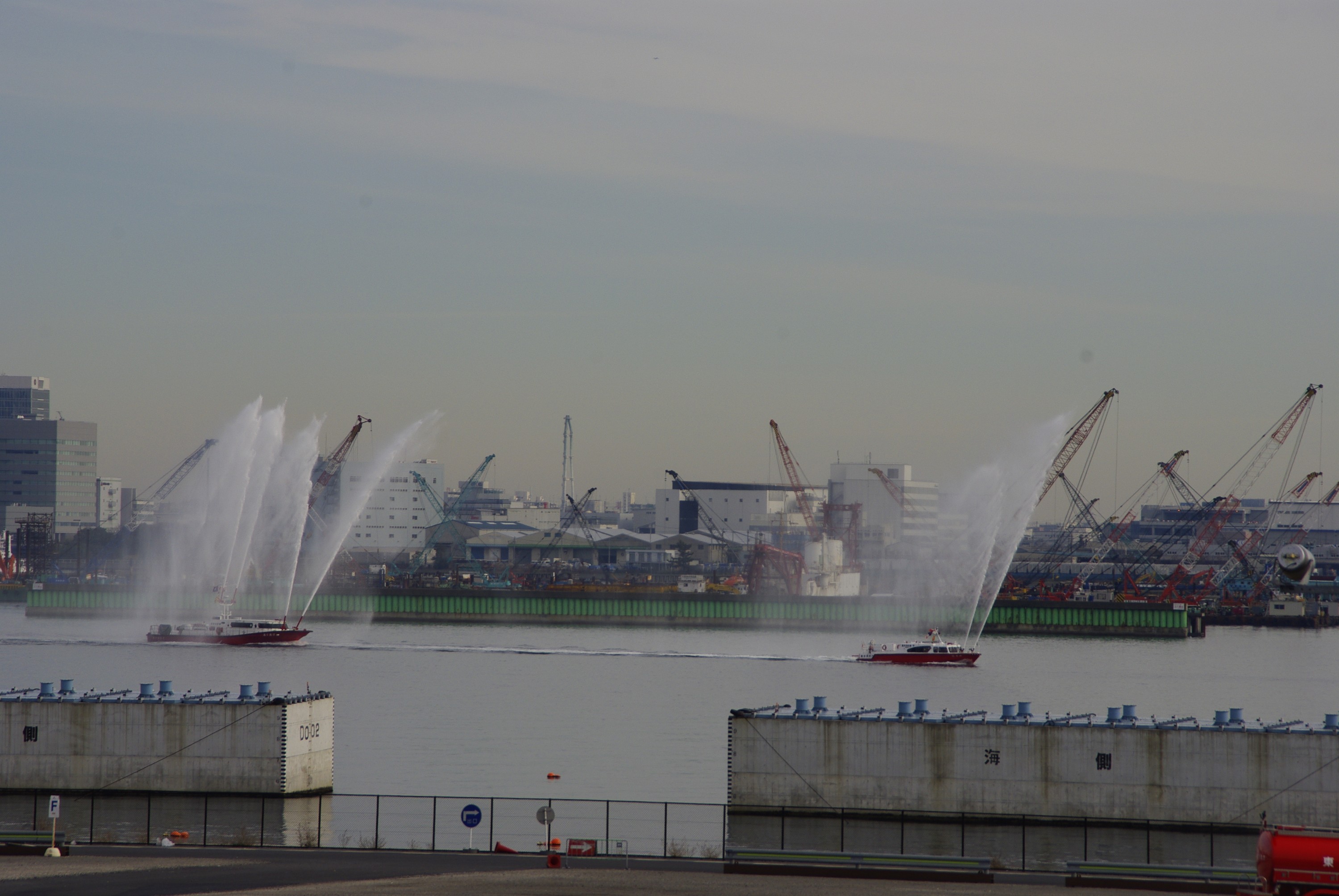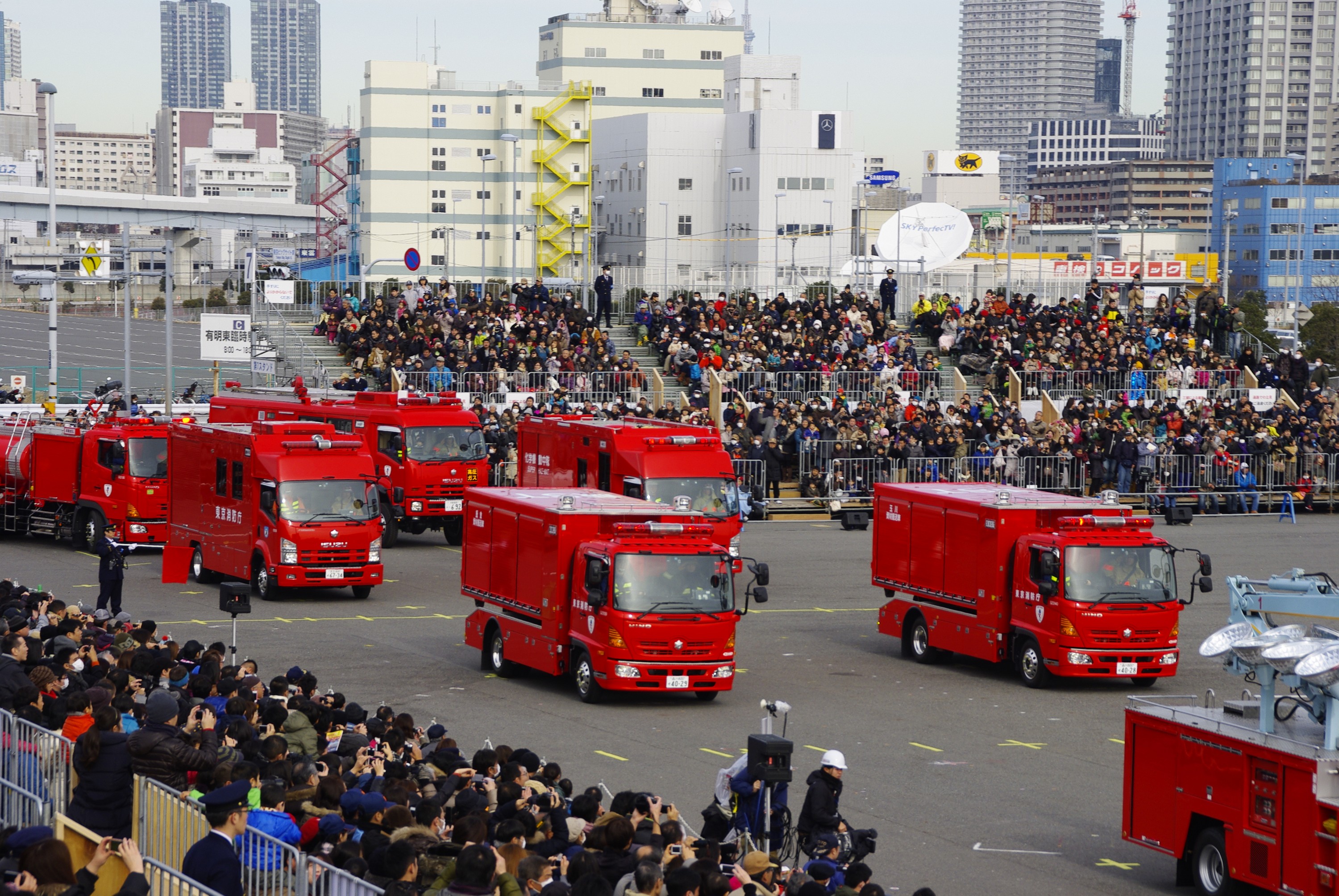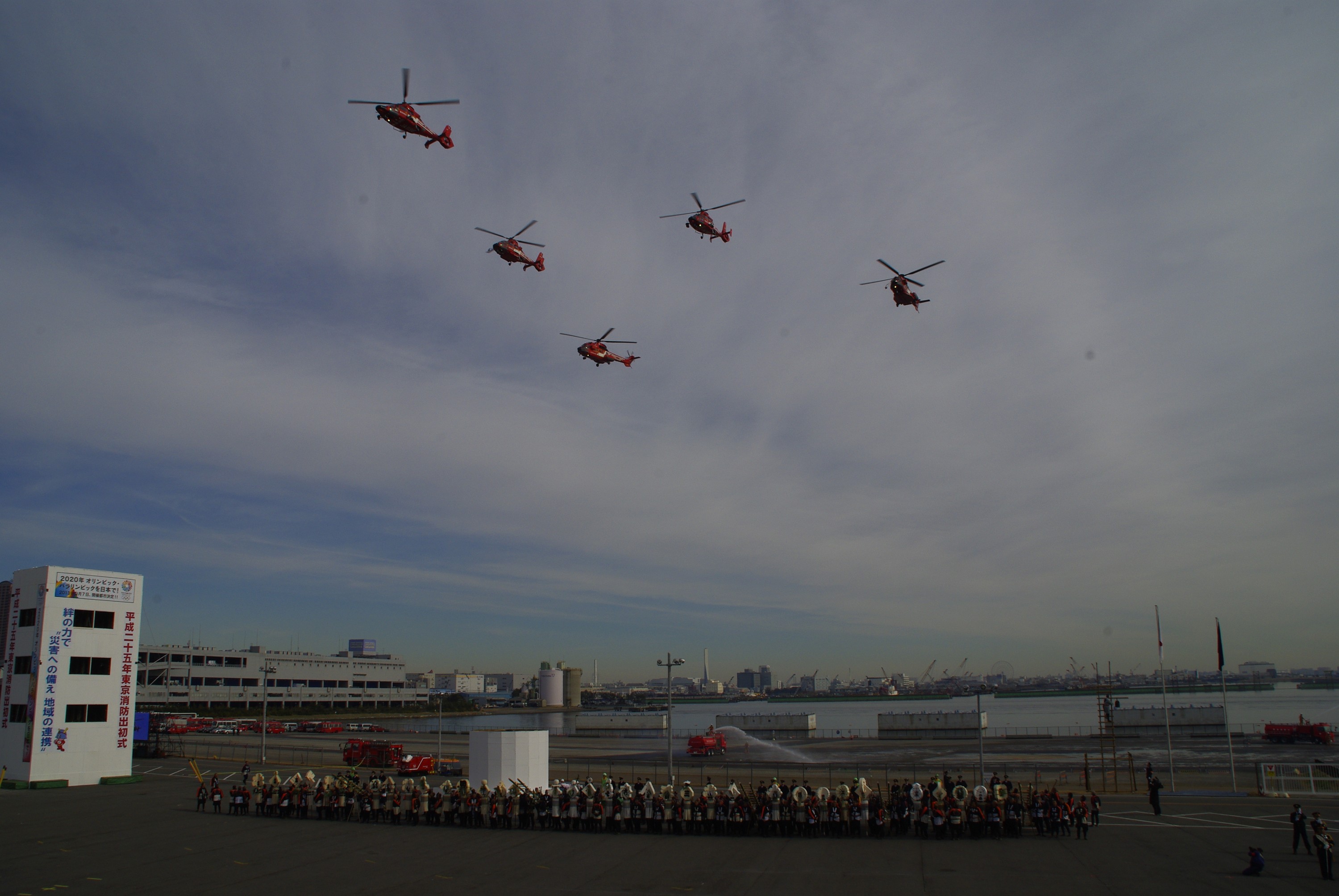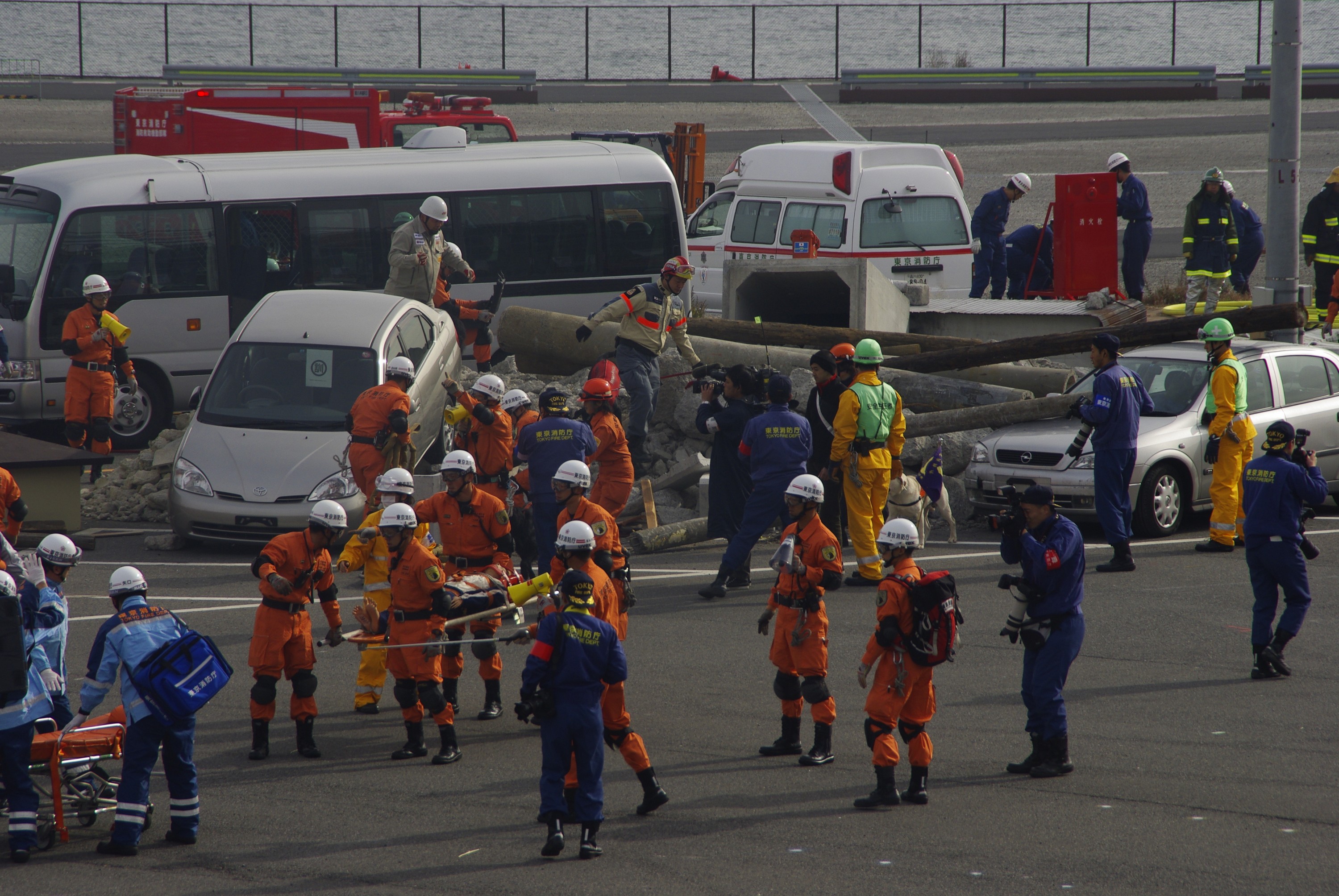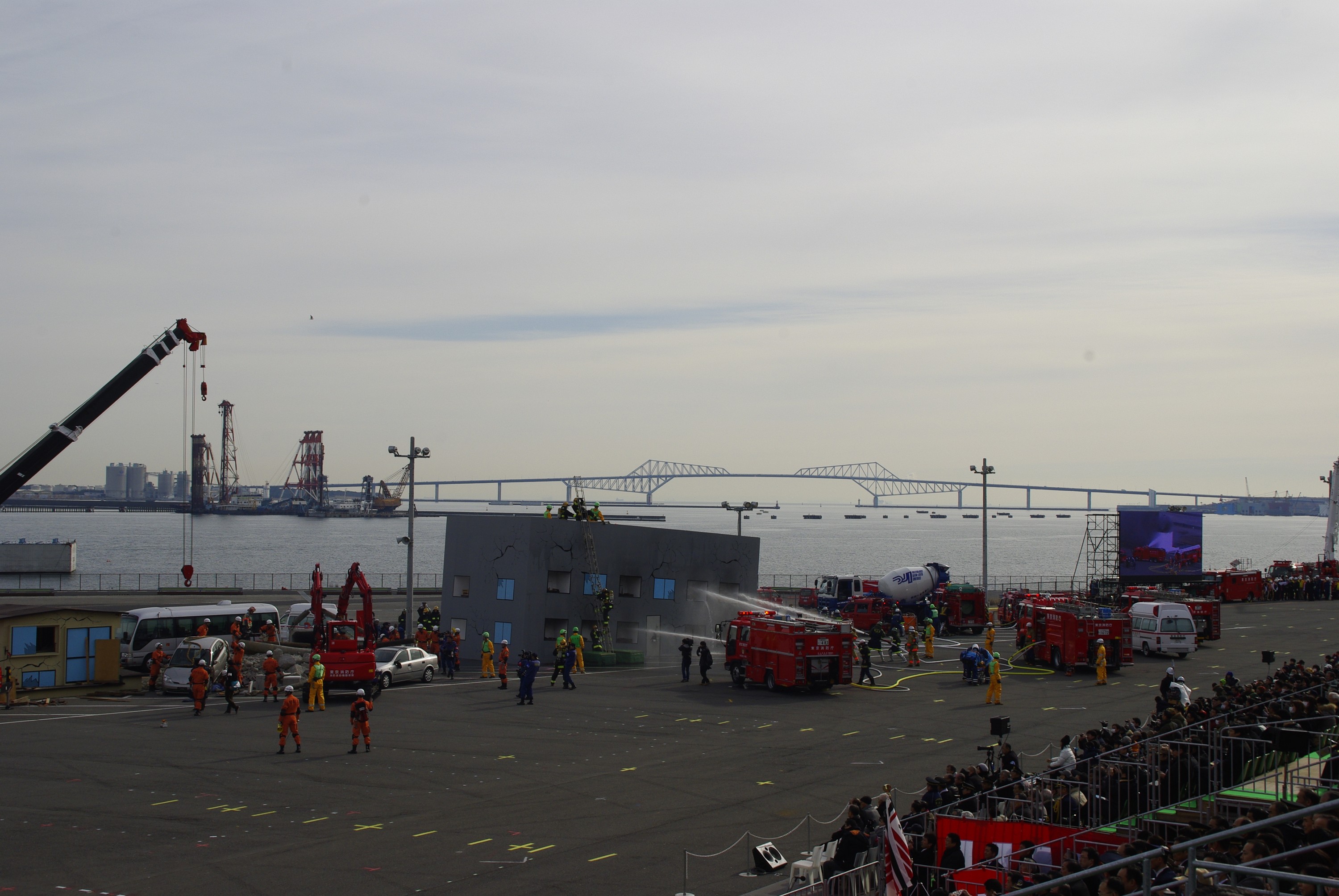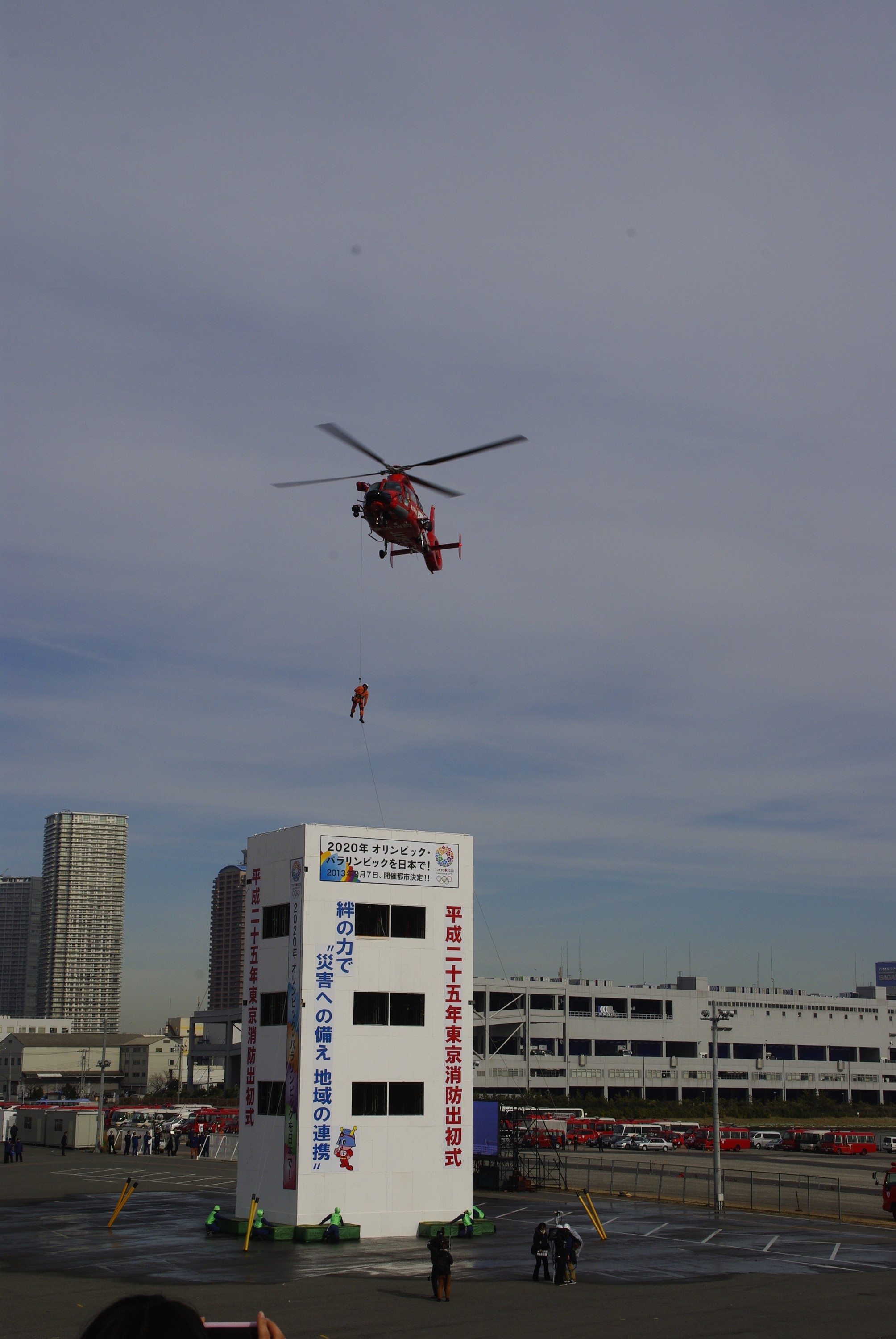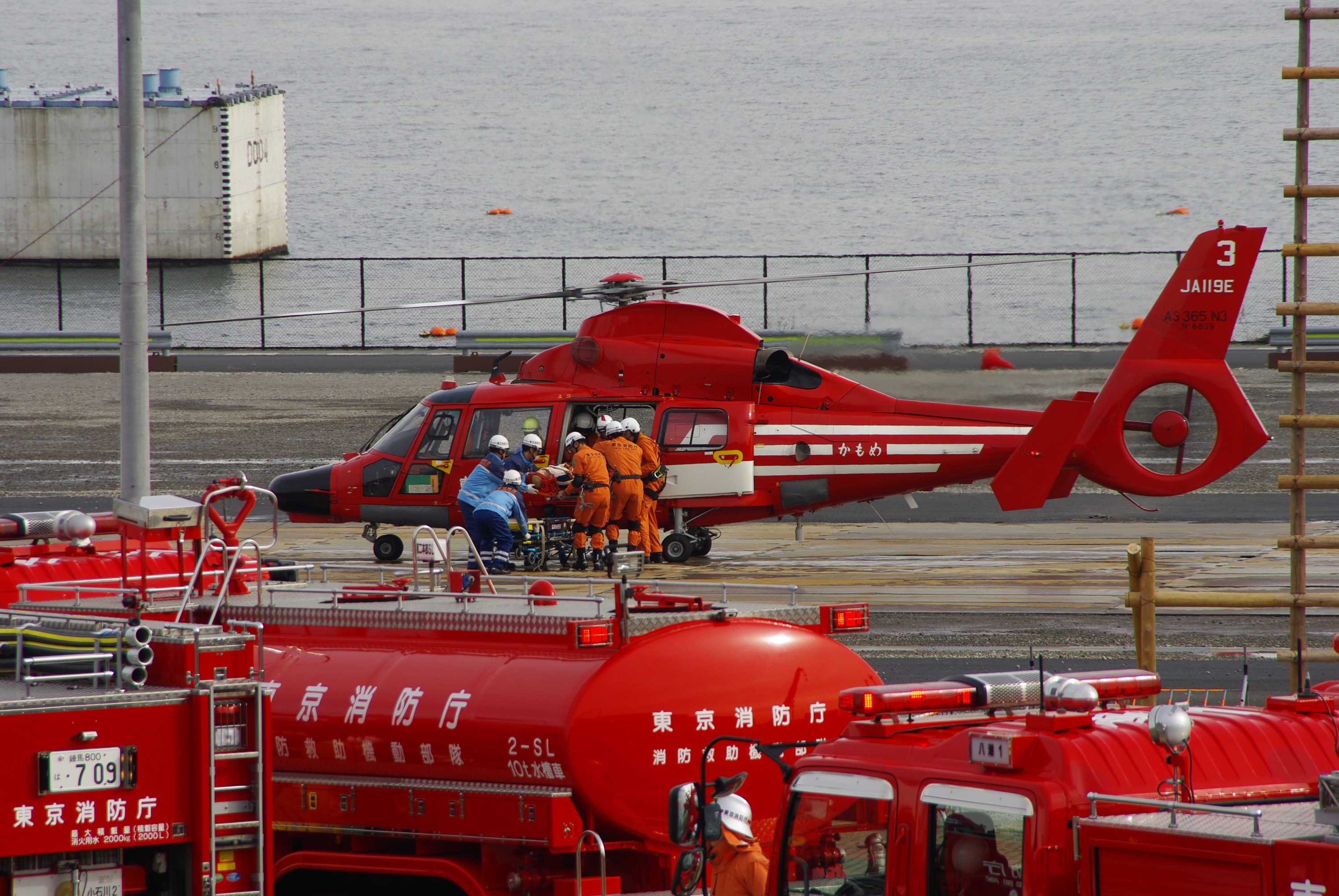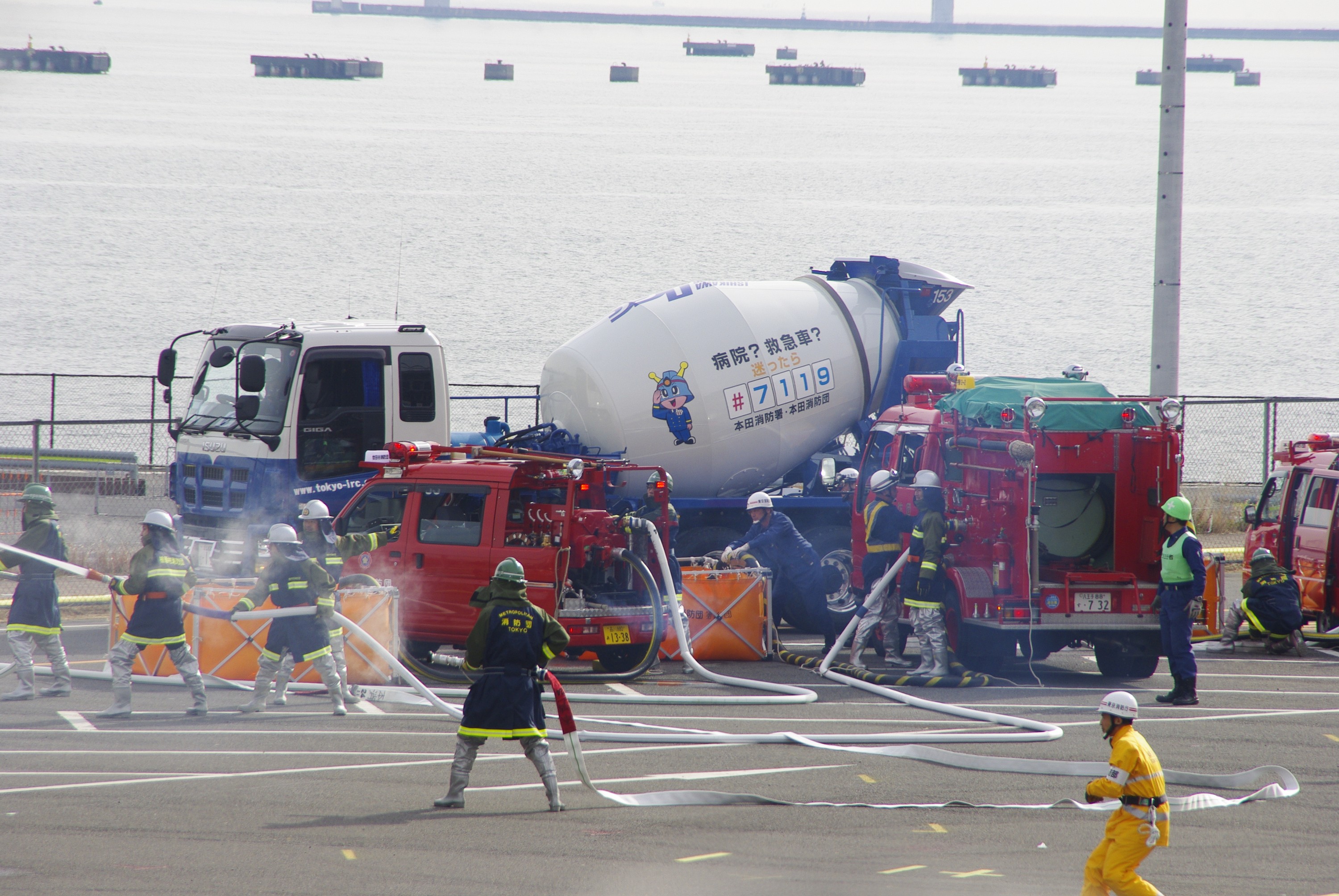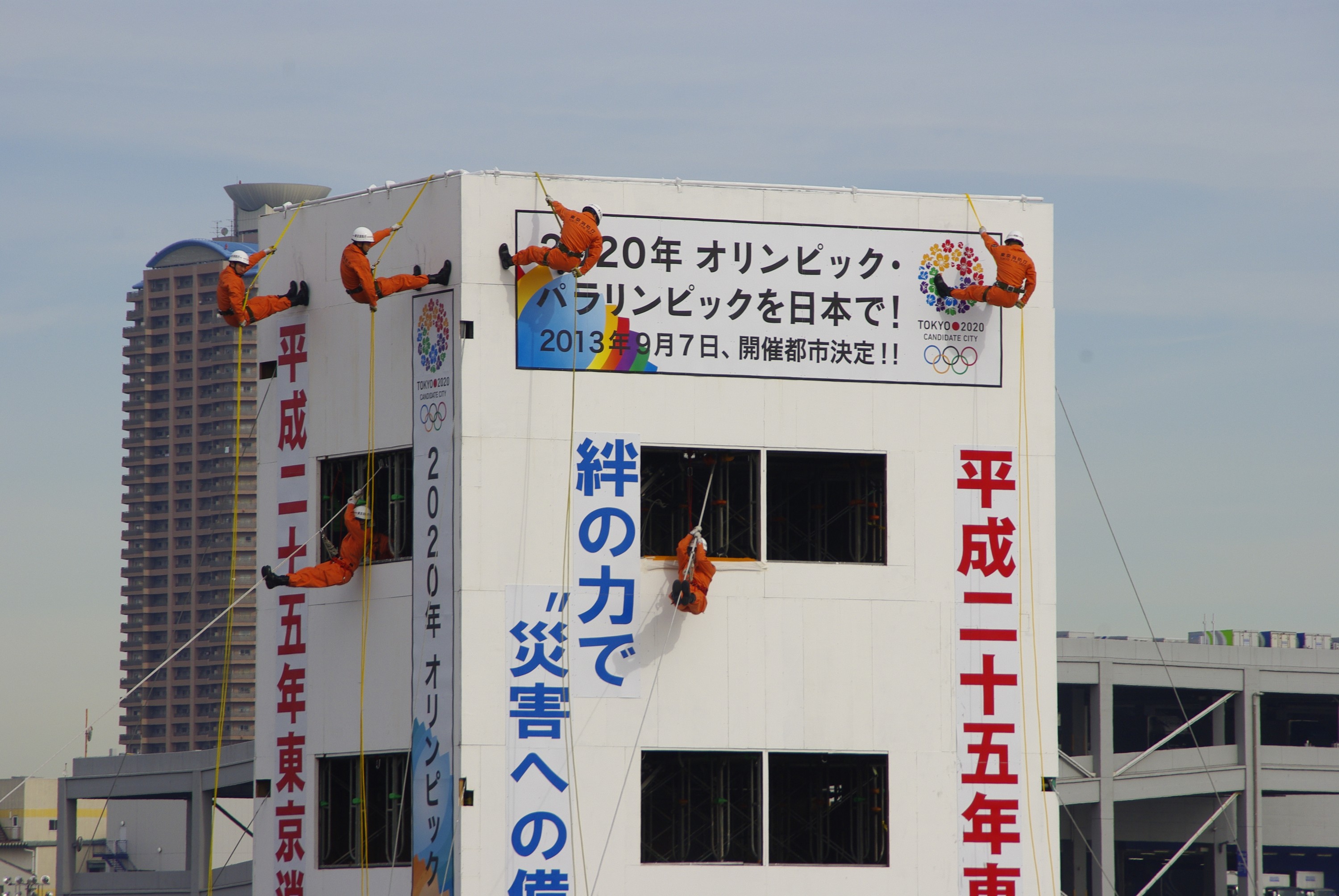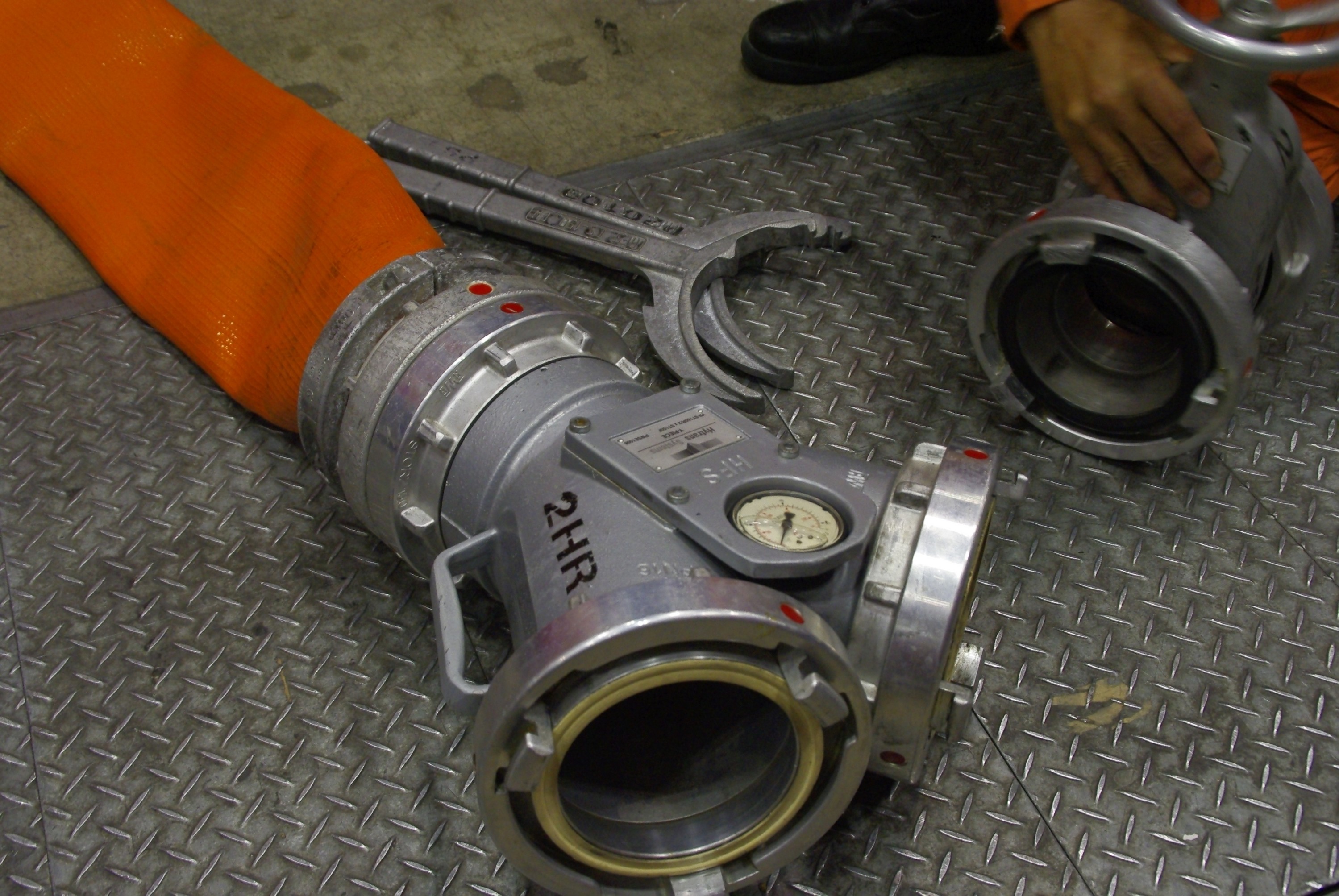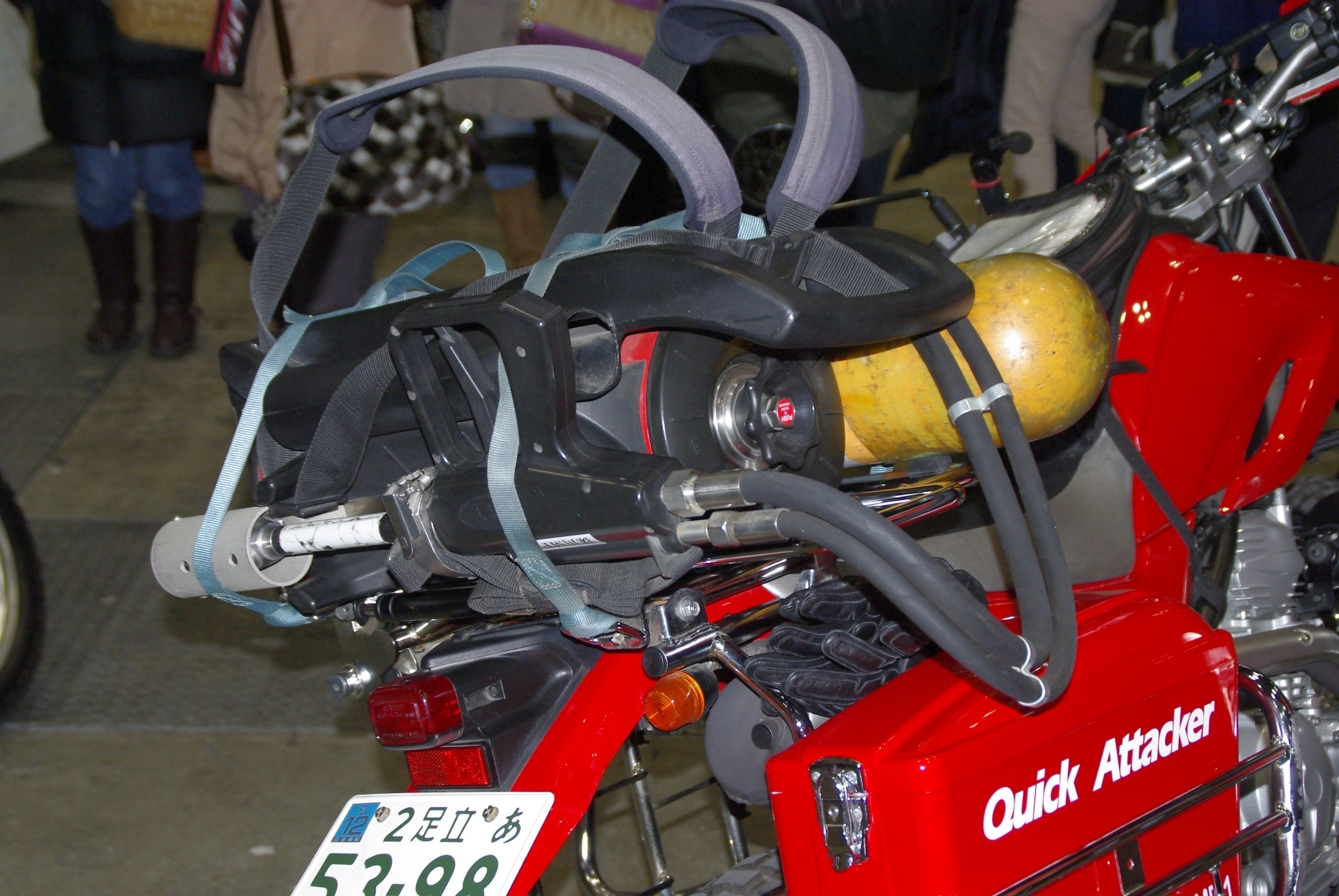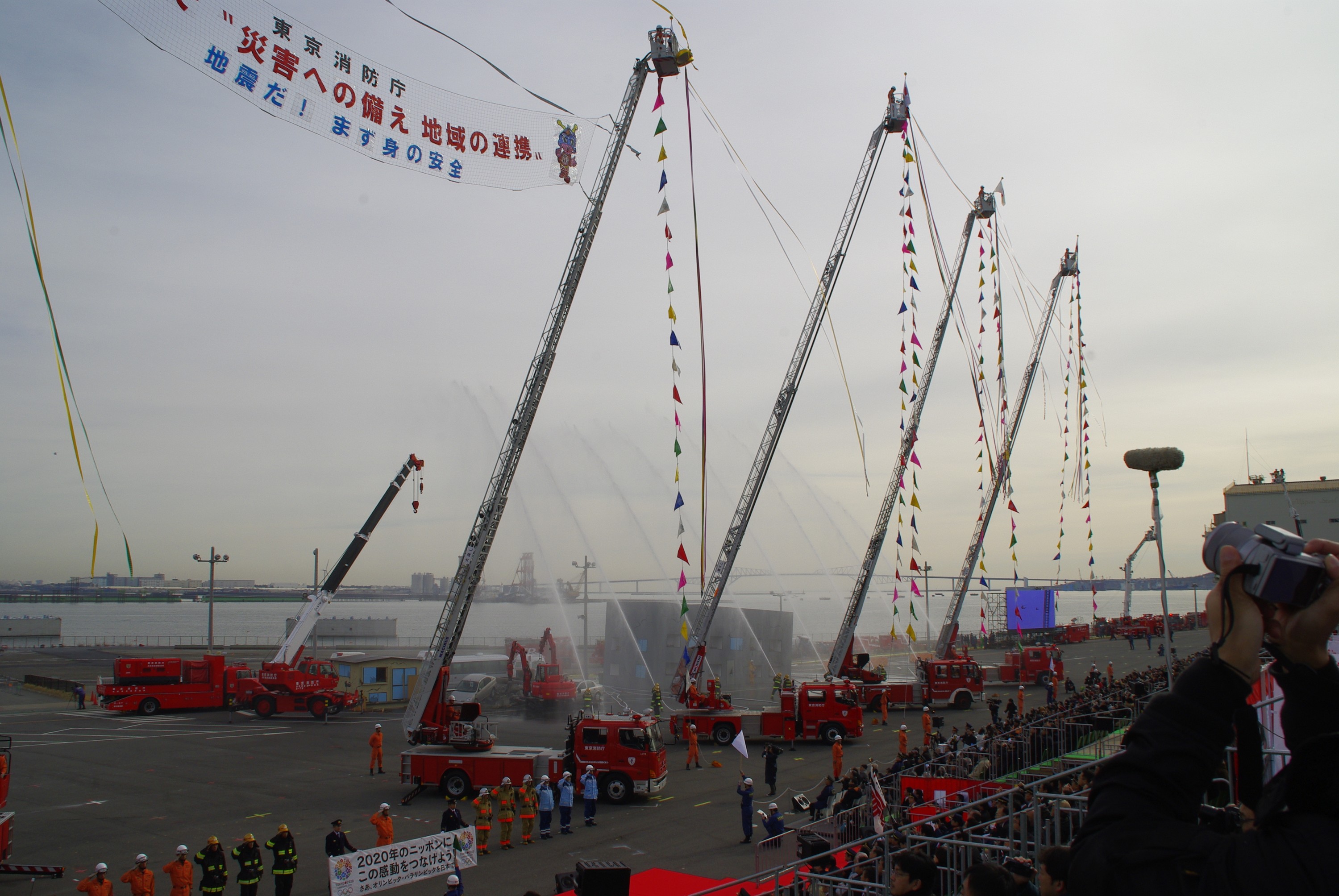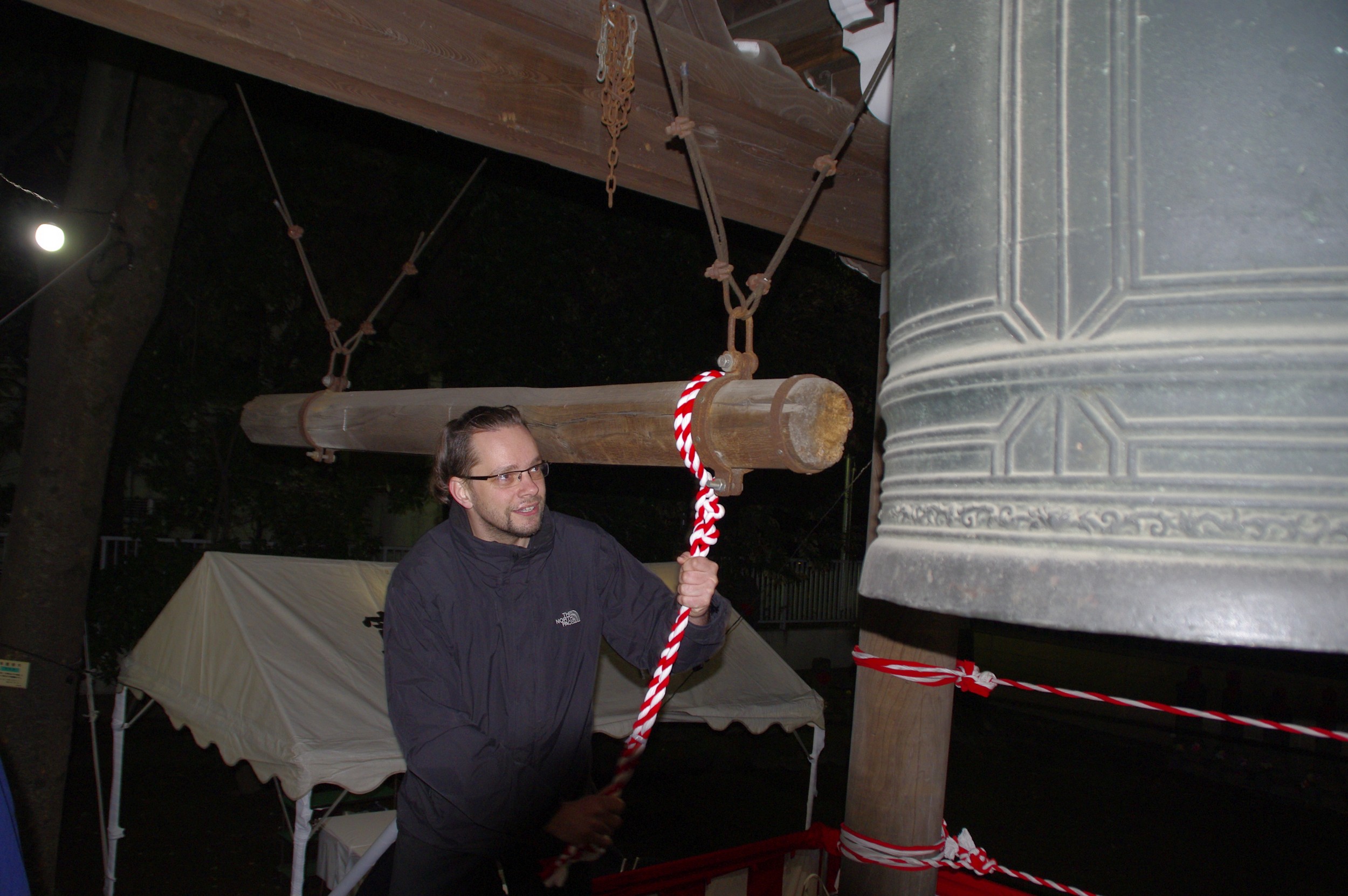Okachimachi. Das ist meine Nachbarschaft, wenn ich in Tokyo bin.
Der Stadtteil liegt zwischen Ueno und Akihabara an der Yamanote-Linie. In Ueno stoppen die Züge, die vom Narita Airport kommen. Ich nehme da ja traditionell den Keisei-Liner.Hier in Ueno ist auch der Ueno-Park, der — man soll es nicht glaube — sehr berühmt ist. Ich habe seine bedeutende Stellung erst in den letzten Jahren erkannt. In Ueno gibt es die Einkaufsstraße Ameyokocho, die im Prinzip am JR-Bahnhof Okachimachi endet.
Akihabara kennt man aus Film und Fernsehen. Diesen Stadtteil muss ich keinem erklären.
Bei meinem nächsten Besuch in Tokyo, wenn ich den neuen Kimono habe, wird hier geshoppt.
Rundgang mit John
9:47 – Ah, der Nordeingang von JR Okachimachi Station. Diesen benutzte ich immer, wenn ich mit der Yamanote- oder der Keihin-Tohoku-Line fahre. Ich habe zum ersten Mal wirklich bewusst in 2006 genutzt, als ich zum Katori Jingu und Kashima Jingu gefahren bin.
Folgt man der Straße unter der Brücke durch, die man in Johns Video sieht, kommt man zum Nordeingang des Yushima Tenjin. Mein Hotel ist von dort aus gleich im die Ecke.
Hier ein Foto von mir. das ist der Nordeingang auf der anderen Seite der Gleise. Es ist ein älteres Foto, daher ist der Eingang noch nicht renoviert. Man sieht das Ende der Ameyoko. John geht ab Minute 10 die Parallelstraße hoch nach Ueno.
13:37 – Ich vermisse diese kleinen Nebenstraßen. Die haben Nachts so eine verruchte Aura. Keine Angst, Tokyo ist sicher; außer man ist aktiv auf Ärger aus.
15:54 – Da schau. Da haben die doch in der Zwischenzeit die Farbe des Daches geändert. Aber das Design ist unverwechselbar. Und sie haben die Eisenbahnbrücke grau gestrichen. Das ist mir 2019 gar nicht aufgefallen … obwohl man es auf den Fotos von mir sehen kann. Da kann man mal sehen wie vertraut der Anblick ist, dass man kleine Änderungen gar nicht bemerkt.
19:57 – Die Shops im Keller steht irgendwie immer noch auf meiner To-Do-Liste. Ich habe es nie geschafft, den zu besuchen. Und wo wir schon dabei sind: Ich habe es auch noch nie nach Takeya geschafft.
22:44 – Wie häufig bin ich hier schon lang gelaufen. — Und ja, jetzt wo ich den Shimura-Shop kenne, werde ich mal vorbeischauen.
29:38 – Wie cool ist dieses, selbst gemalte Baustellenschild.
32:17 – Man sieht links ganz kurz den Eingang zu einem Schrein. Wo so viele Dinge in dieser Gegend habe ich den jahrelang wegen der offensichtlichen Reizüberflutung übersehen.
36:02 – 36:26 – Wenn ihr wissen wollt, wie sicher Tokyo ist: John lässt seine Kamera samt Stativ einfach auf offener Straße stehen und holt Mayonaise. Wie lange würde das wohl in Deutschlanf gut gehen?
36:26 – Hört ihr diese Musik im Hintergrund? Das ist die Ankündigung einer Zugeinfahrt am Bahnhof Okachimachi. Oh Mann, wie ich diese Sound vermisse.
37:13 The Dancing Katsuboshi … Stellt euch vor, die Takoyaki wären komplett bedeckt. Das würde jetzt alles wabern und tanzen. Und ja, die Takoyaki sind innen flüssige Lava.
Mein Plan für den Sommer ist die Anschaffung eines Takoyakigrills. Alle Zutaten bis auf den Oktopus sind einfach. Für diesen, muss ich mal mit dem Rewe verhandeln. Der hat den meisten eingelegt. Den müsste man dann auch roh kriegen.
42:07 – Wow. Ich wusste gar nicht, dass man den Schrein so gut sehen kann. Anscheinend habe ich nie nach oben geschaut.
46:00 – Ihr seht richtig: 30€ für die Zeit von 21 Uhr bis 4 uhr morgens. Man kann dann noch schnell 14€ dazu buchen, um drei Stunden zu verlängern. Das ist sicherlich eine Alternative, wenn man es nicht zurück zu seinem Hotel schafft bzw. schaffen will. Wer z.B. sein Hotel auf der anderen Seite von Tokyo oder sogar in Yokohama hat, kann so eine Nacht in Tokyo ergänzen und sich die Zugfahrt sparen (sowohl bezüglich Fahrzeit als auch Kosten).
48:00 – Oh, ja. Ein so vertrauter Blick. 2019 war es es das erste Foto das ich in Tokyo gemacht habe (von dem traditionellen Dufflebag mit Bier am Flughafen mal abgesehen). — Ok, den Fischmarkt kannte ich auch noch nicht.
49:56 – Der neue Eingang von Oakchimachi sieht echt gut aus. Der war vorher noch echt rumpelig und optisch runtergekommen. Und ihr hört im Hintergrund wieder die Melodie.
52:37 – Hier steht John im Prinzip am Anfang von AkiOka 2k540. Ein Bereich unter den Gleisen der JR der modernisiert wurde und wo jetzt kleine Kunsthandwerker Shops haben.
[Stand 21.02.2021]


